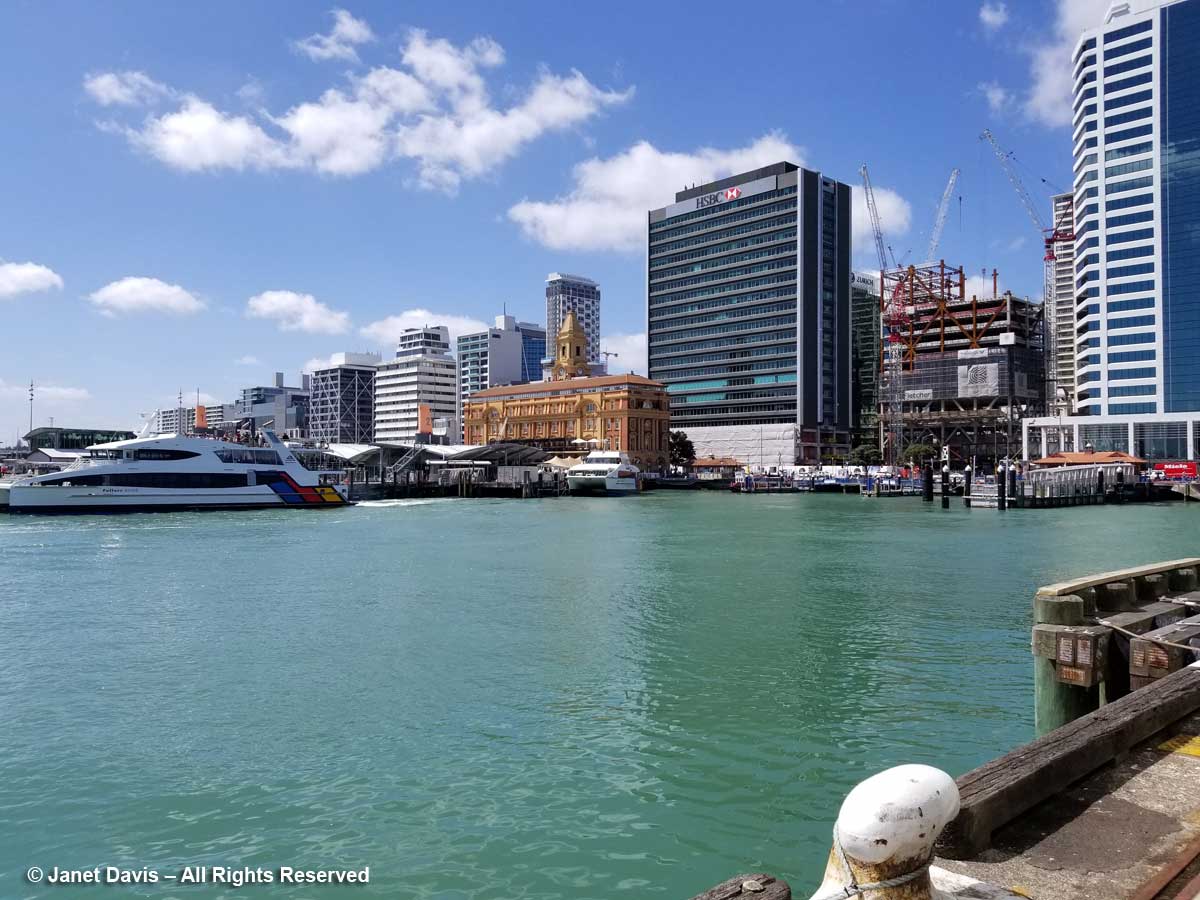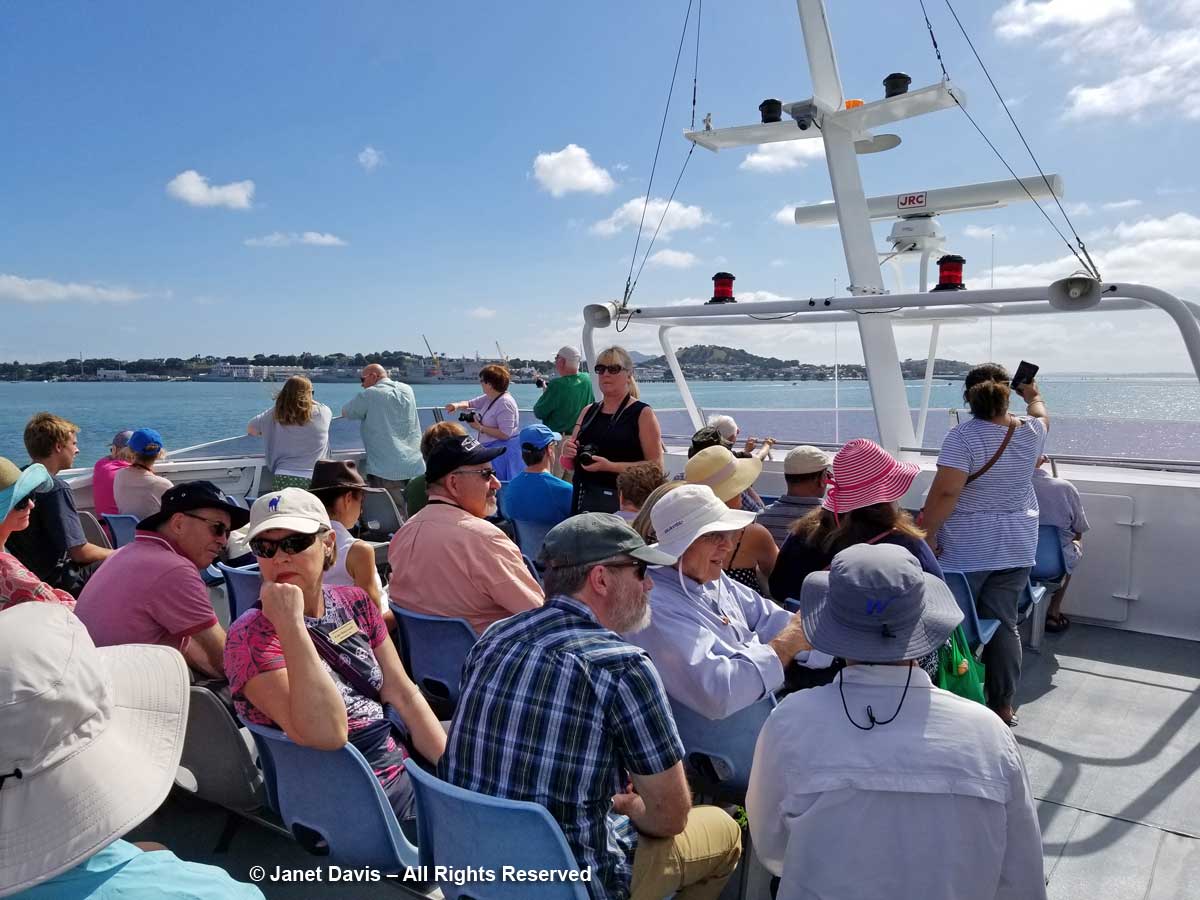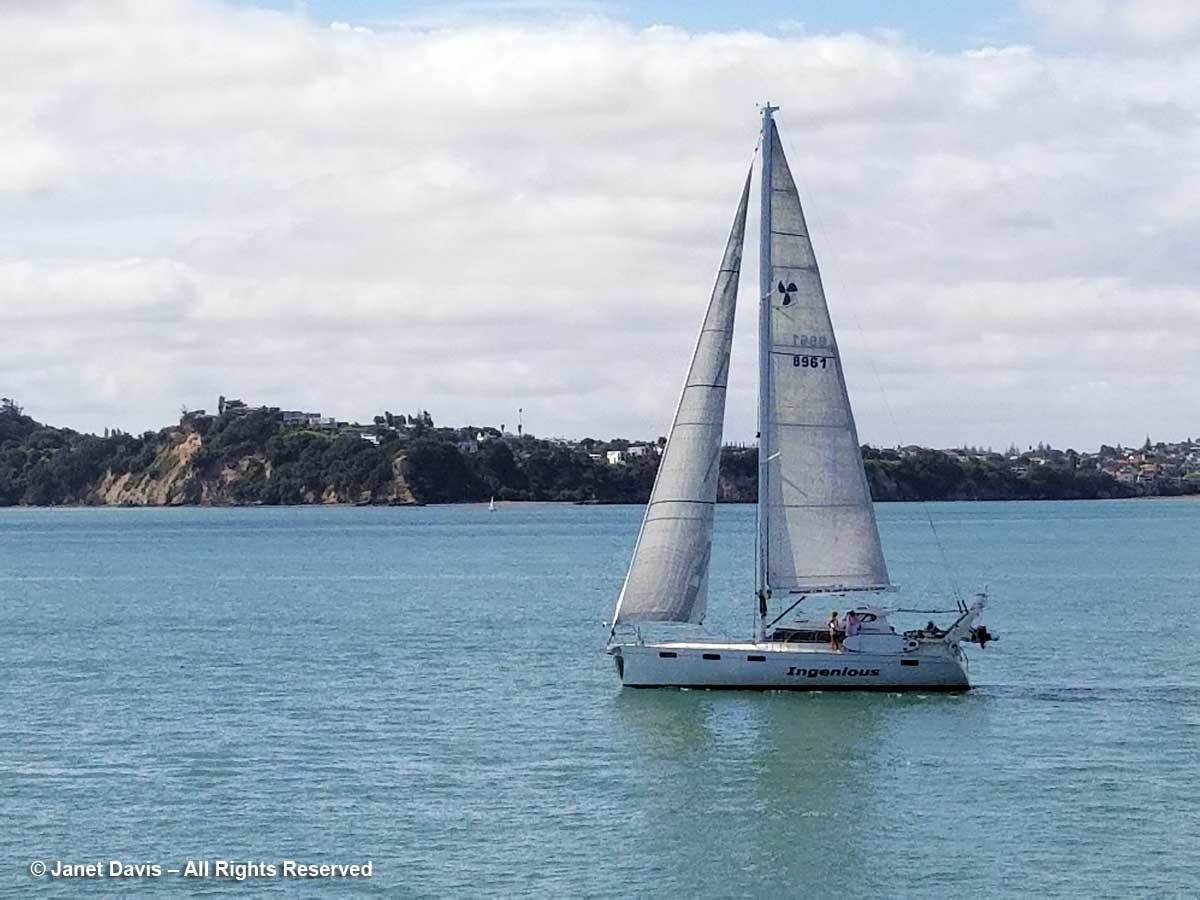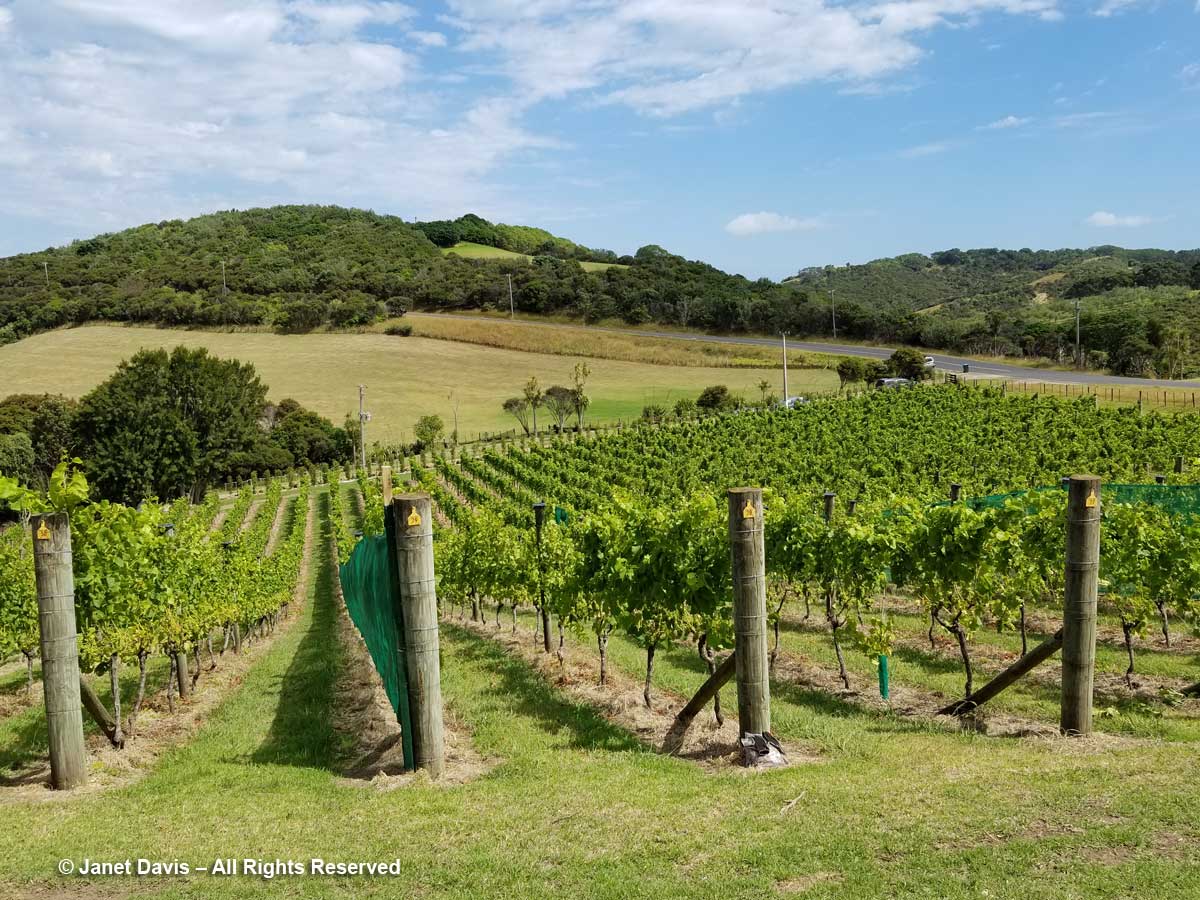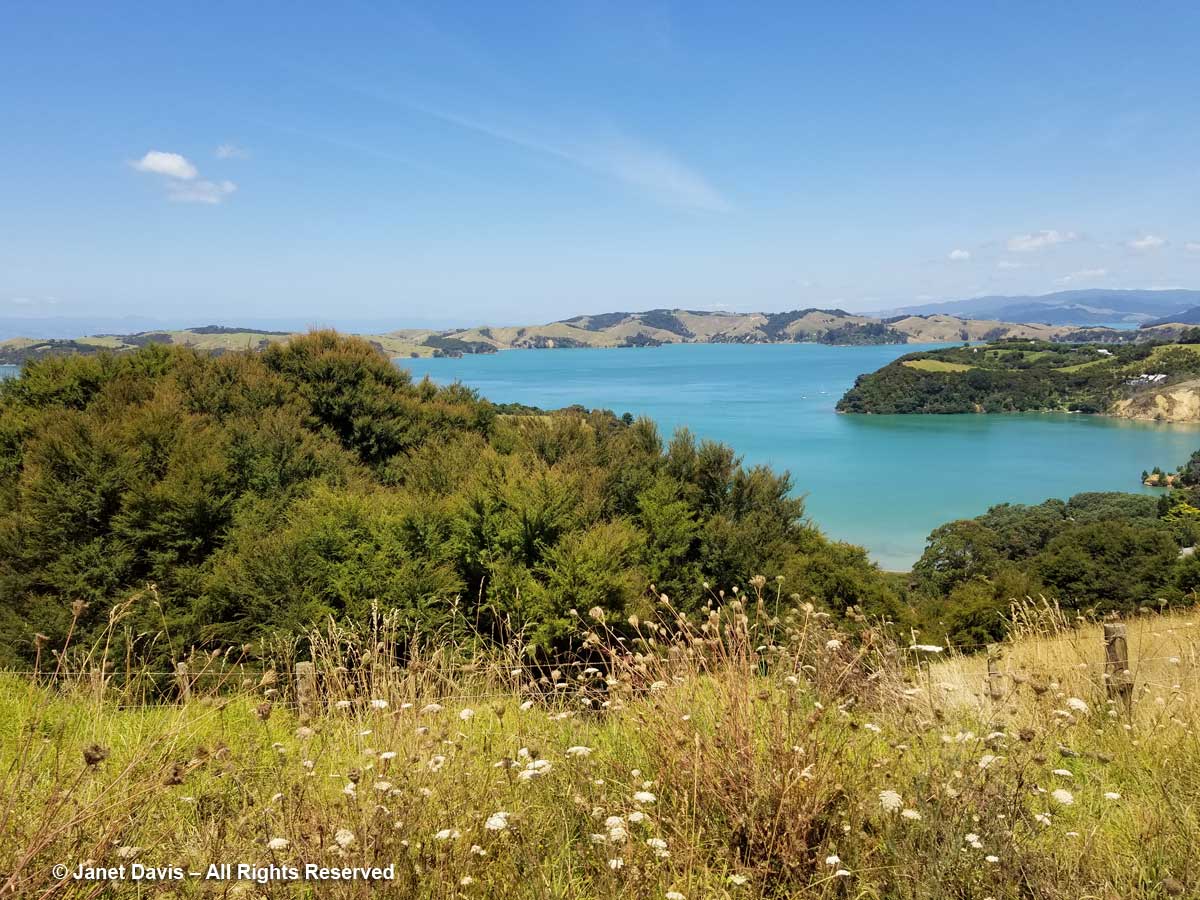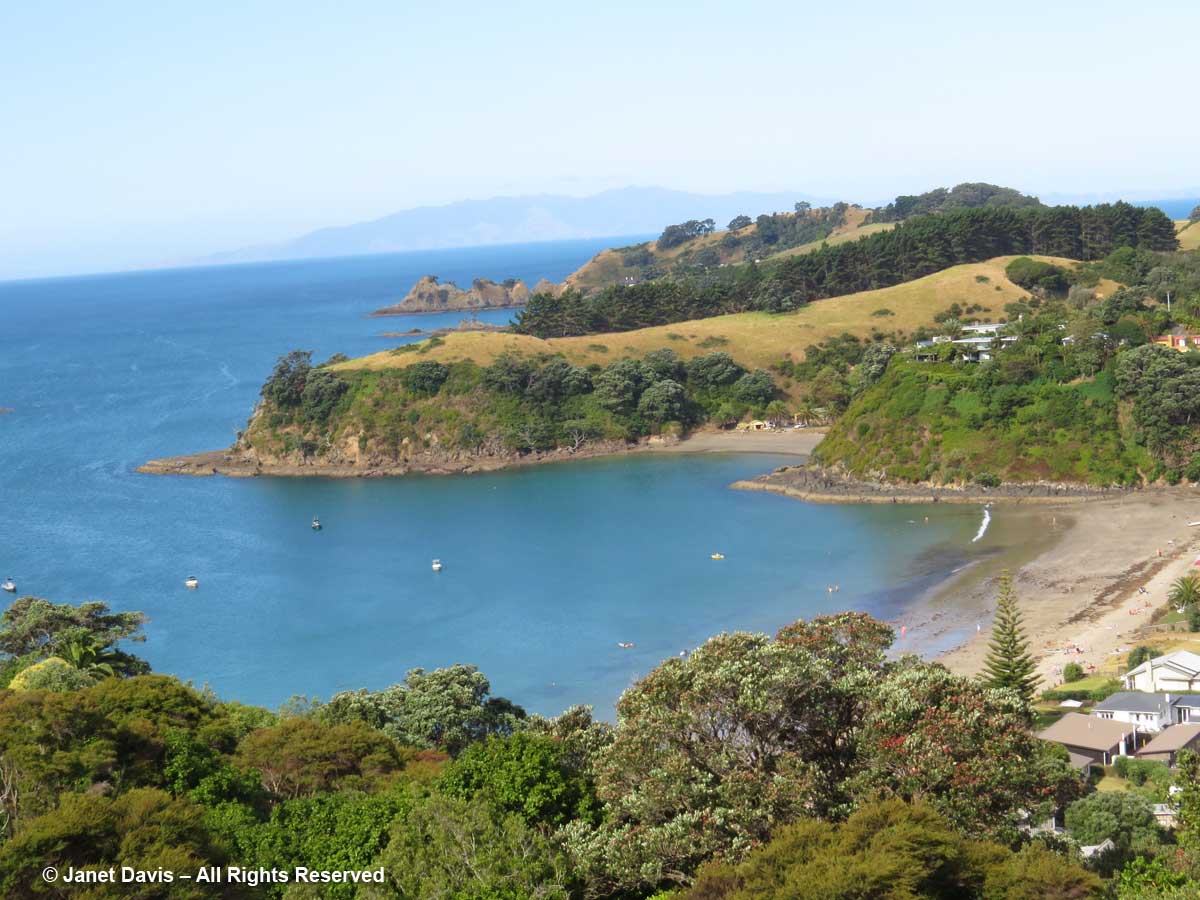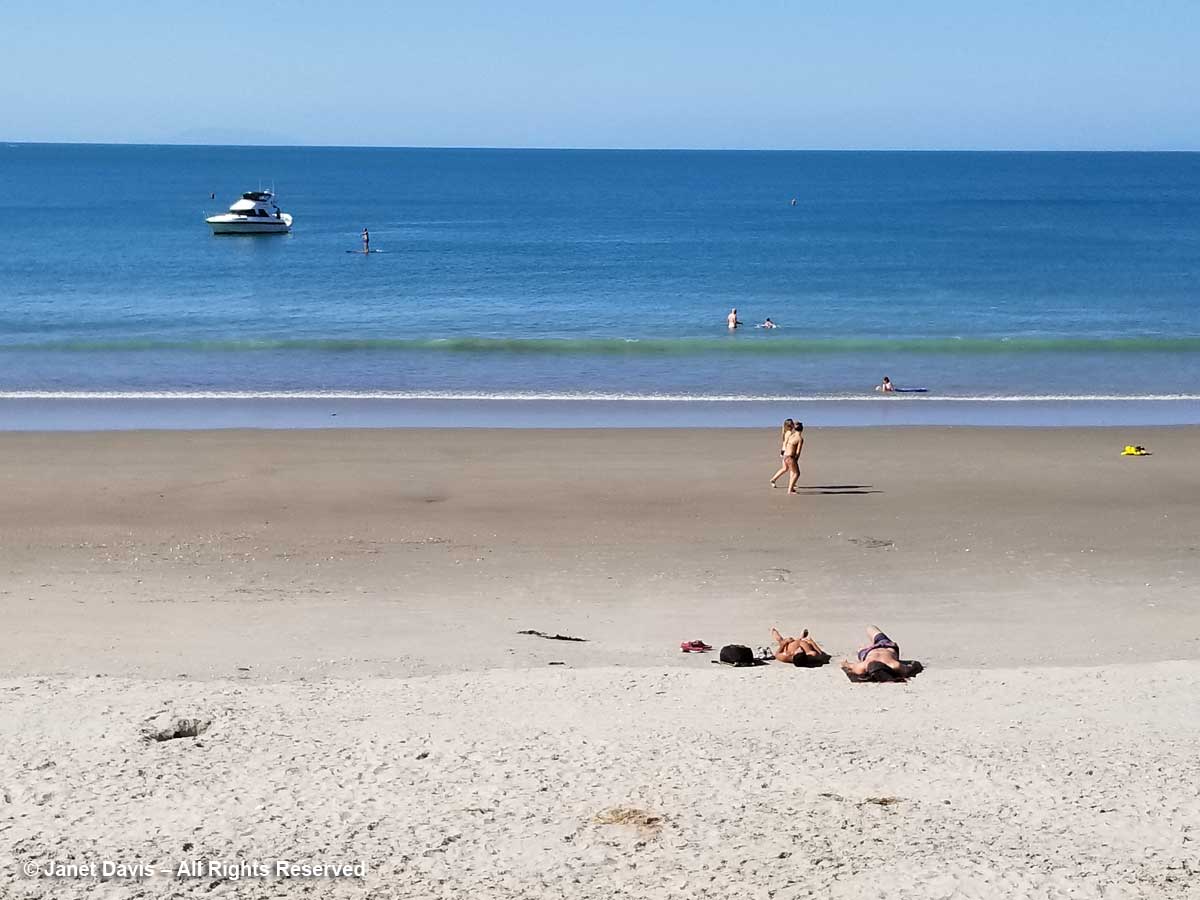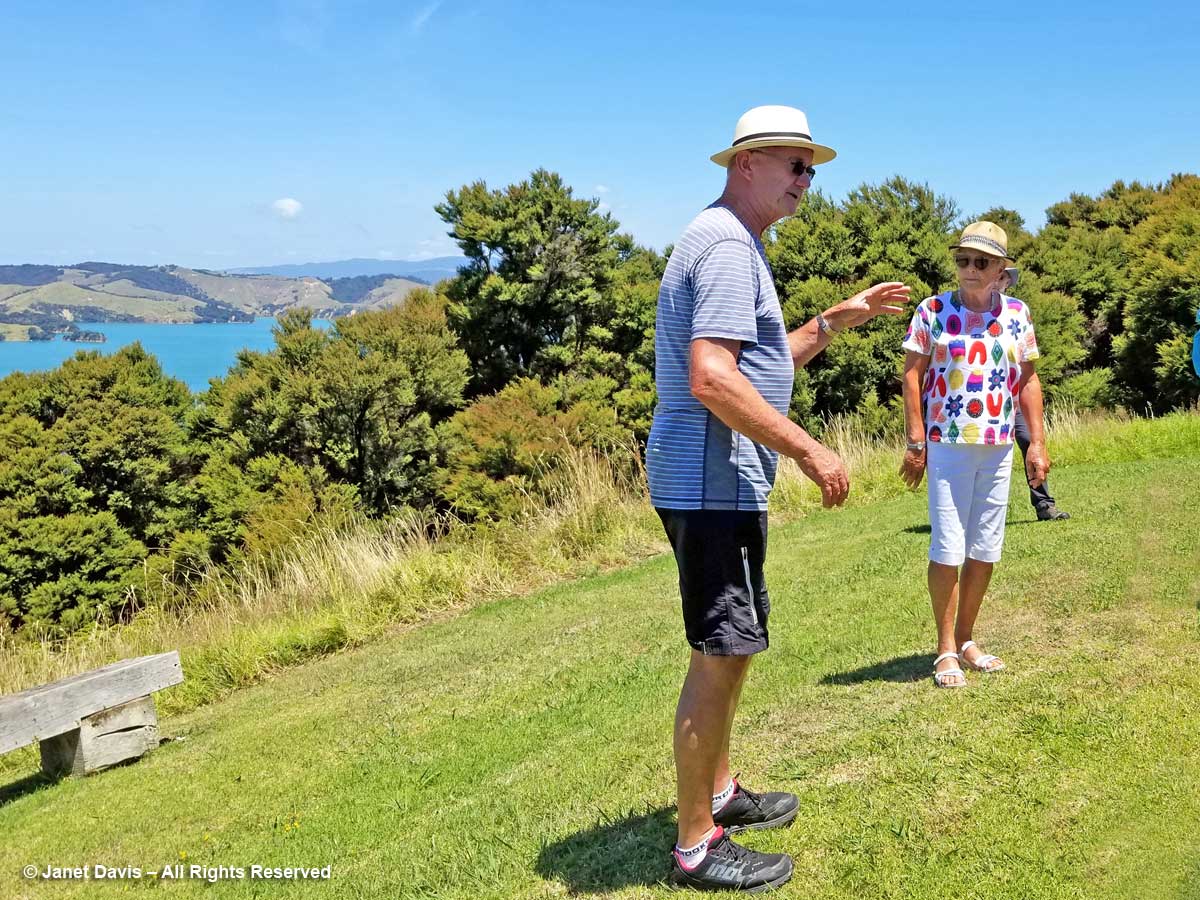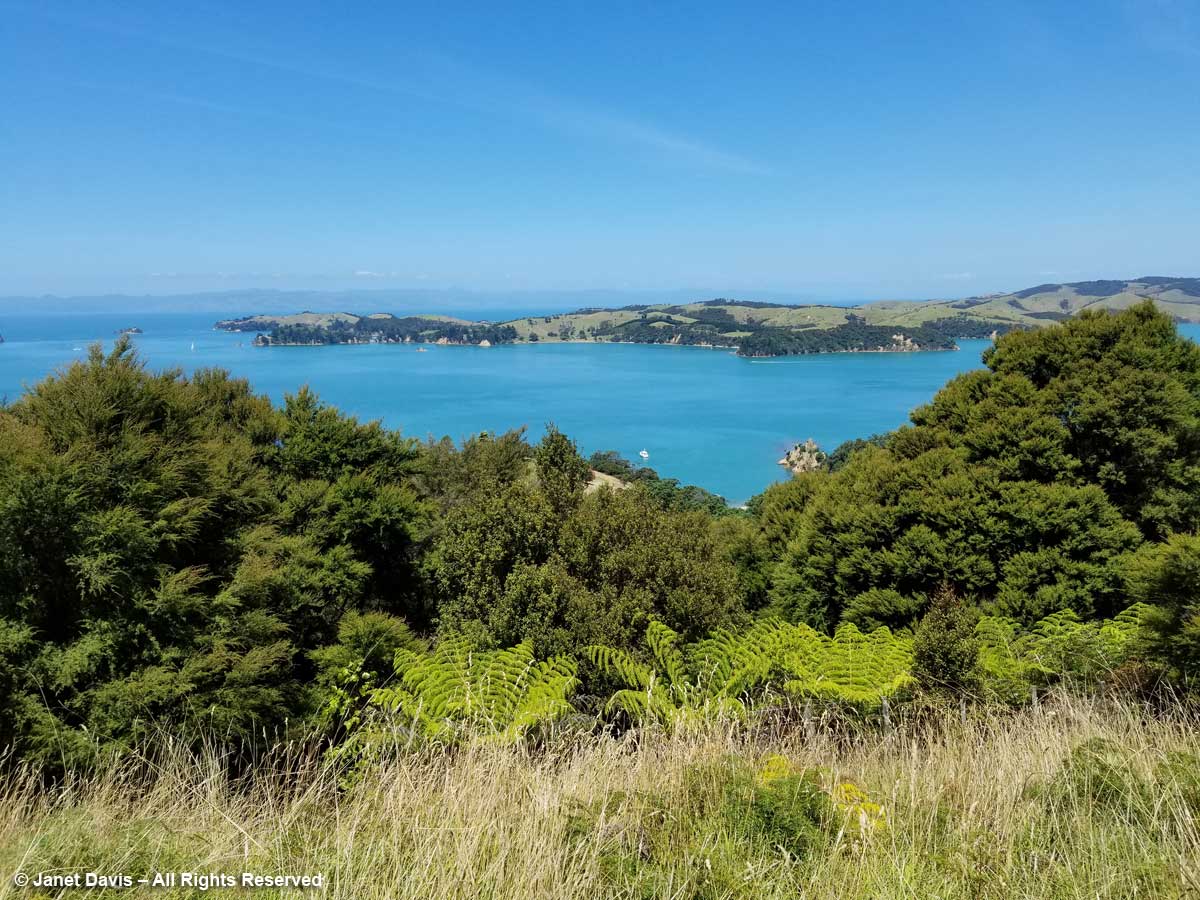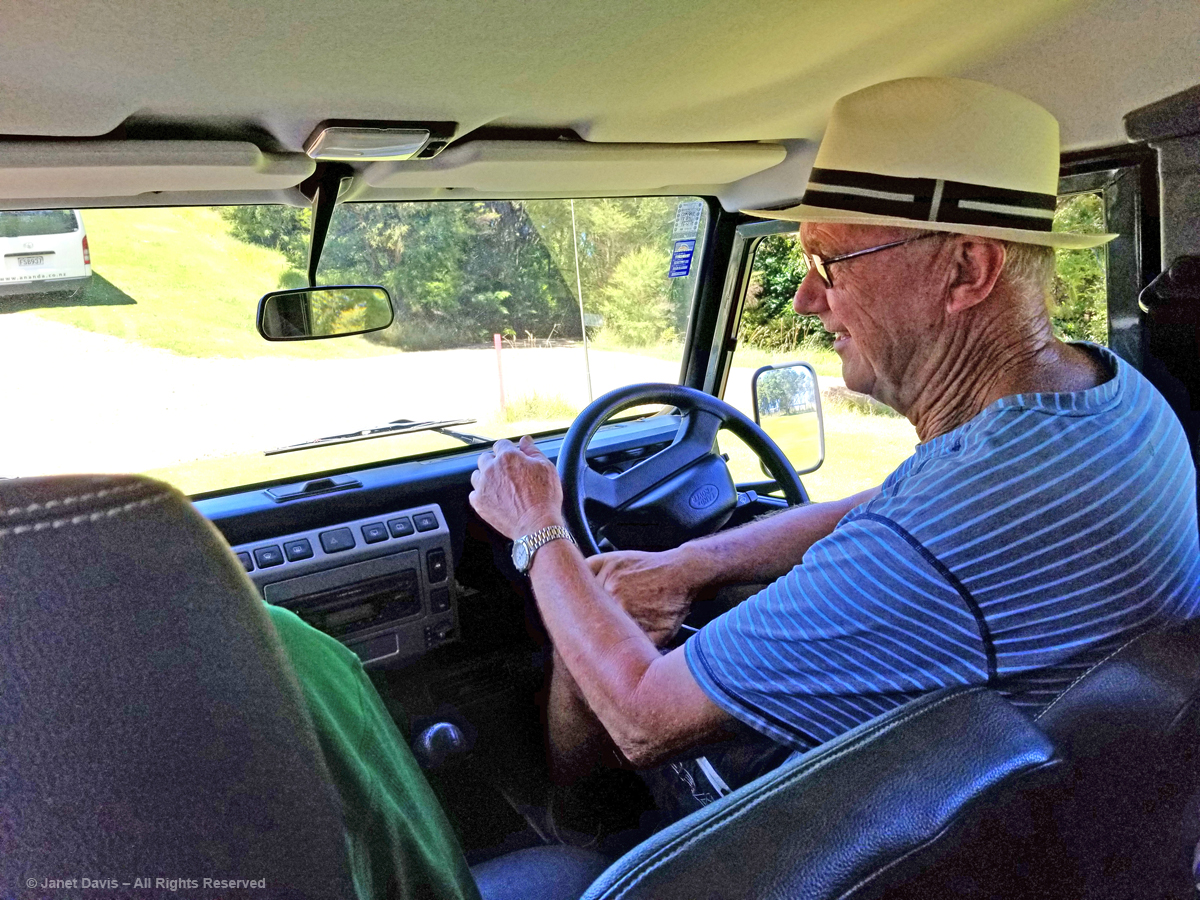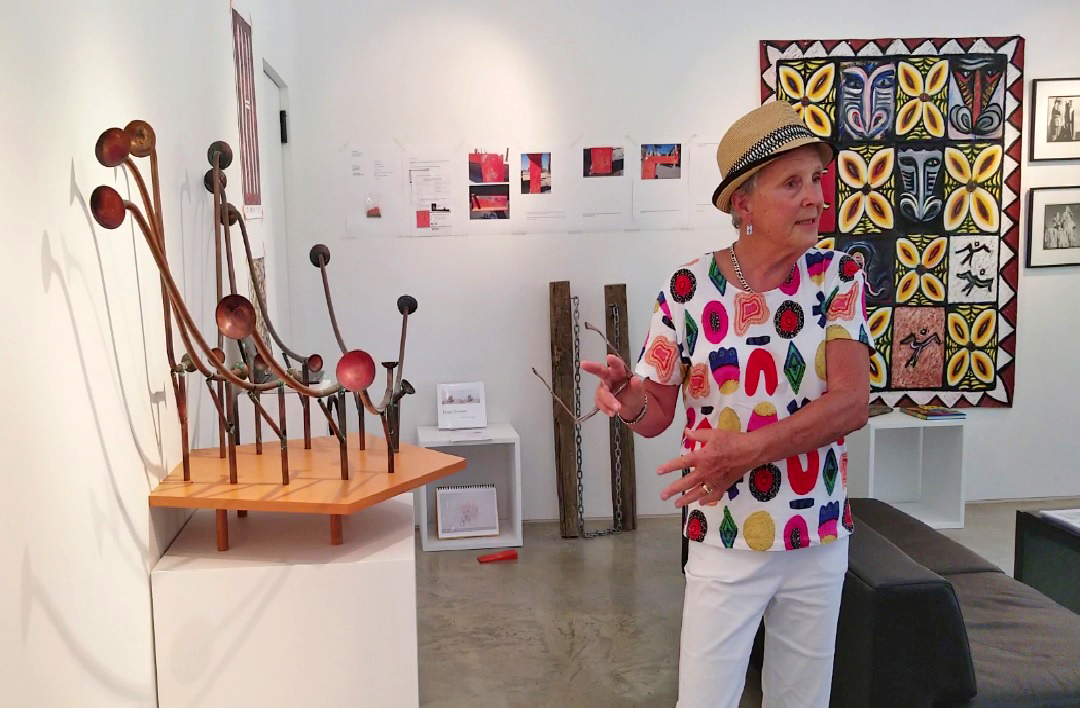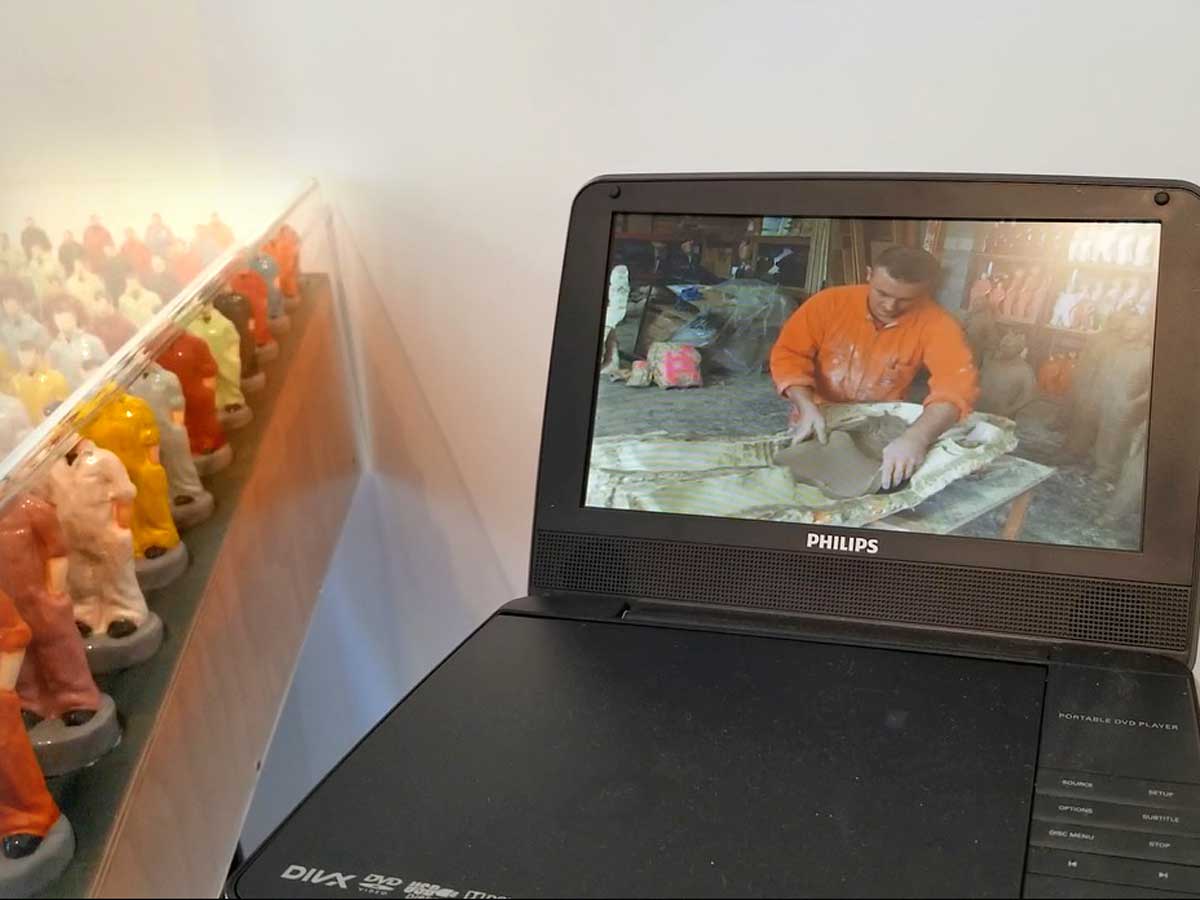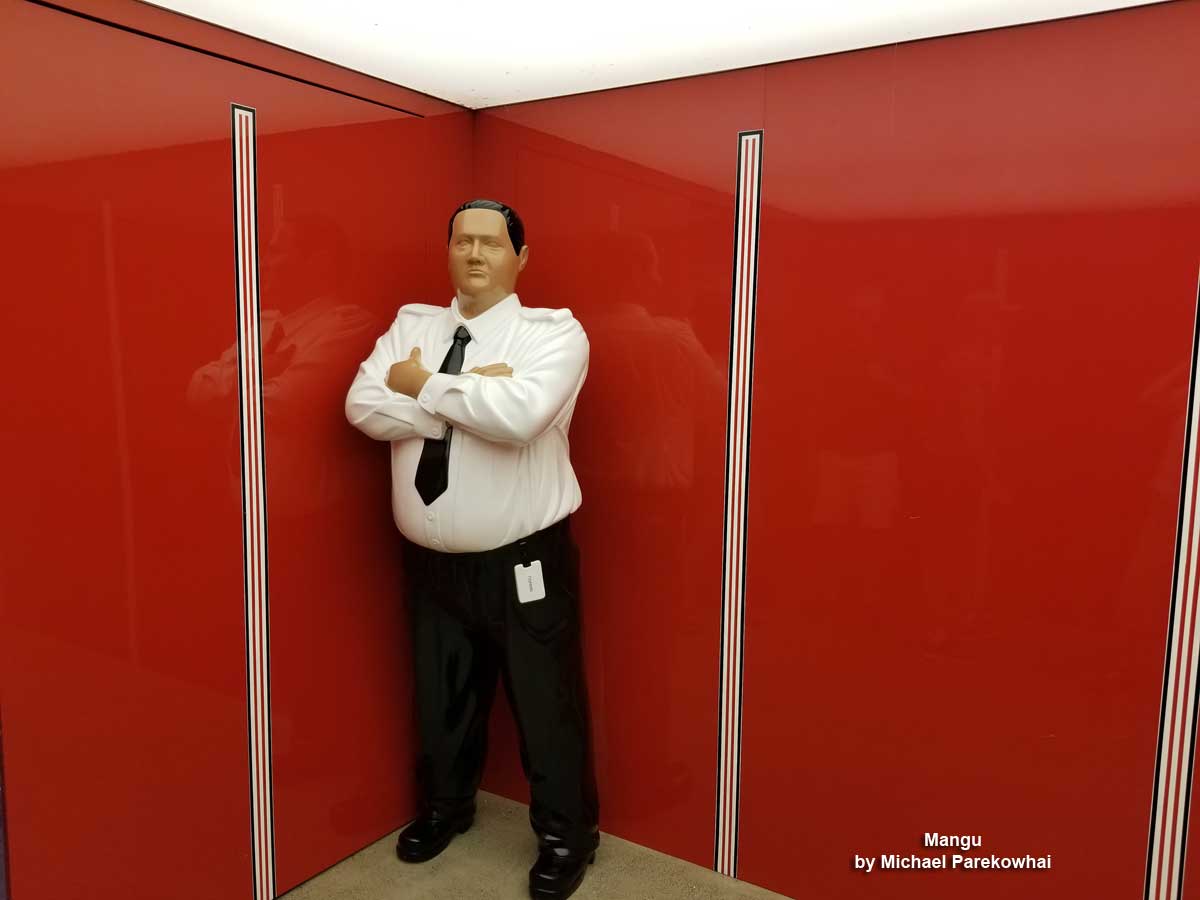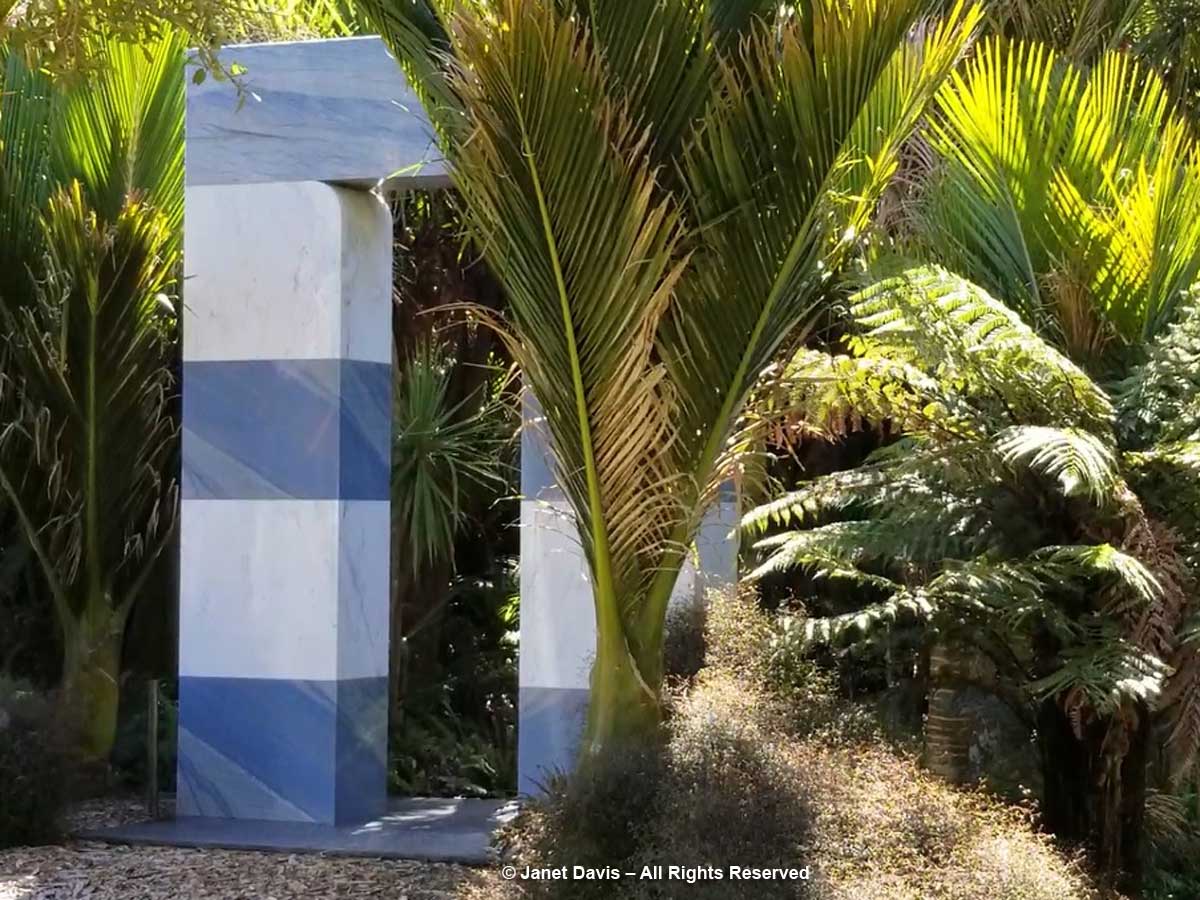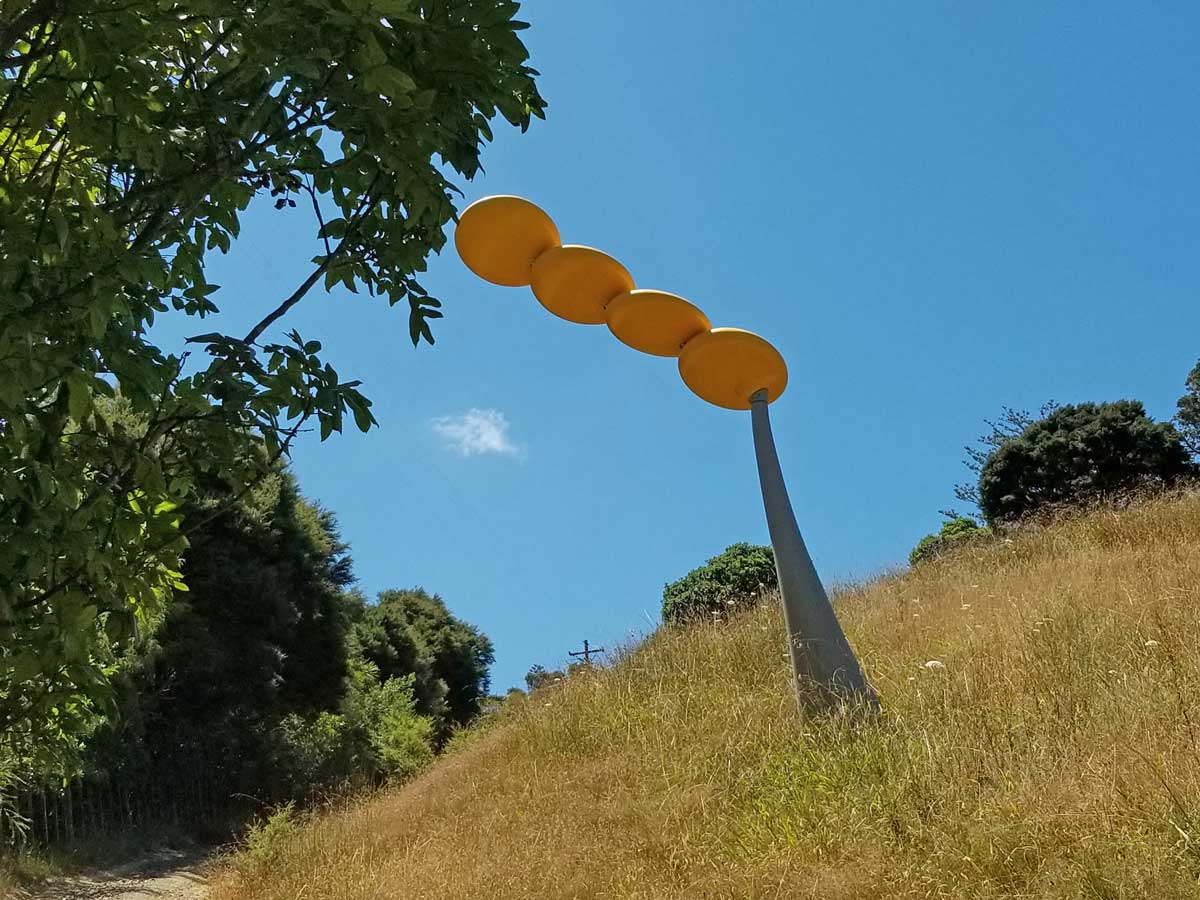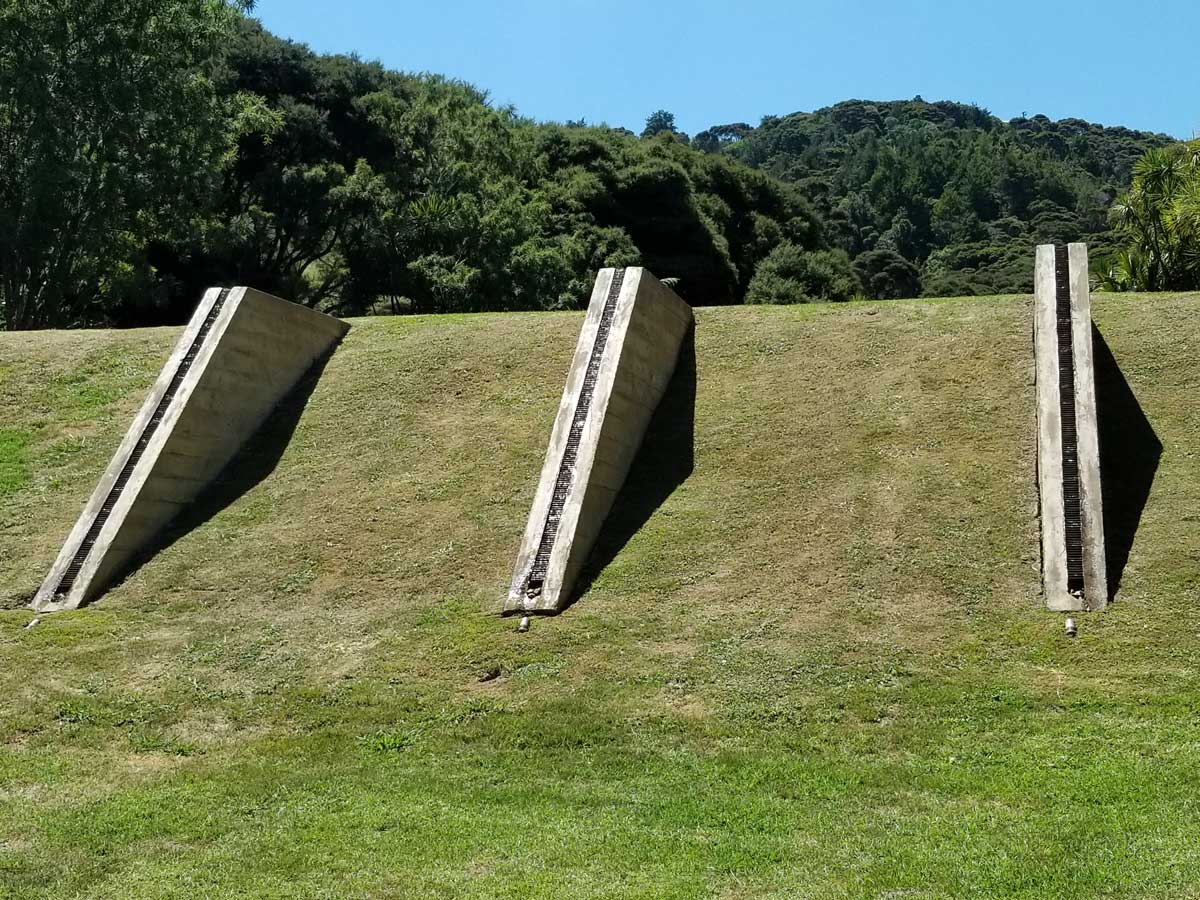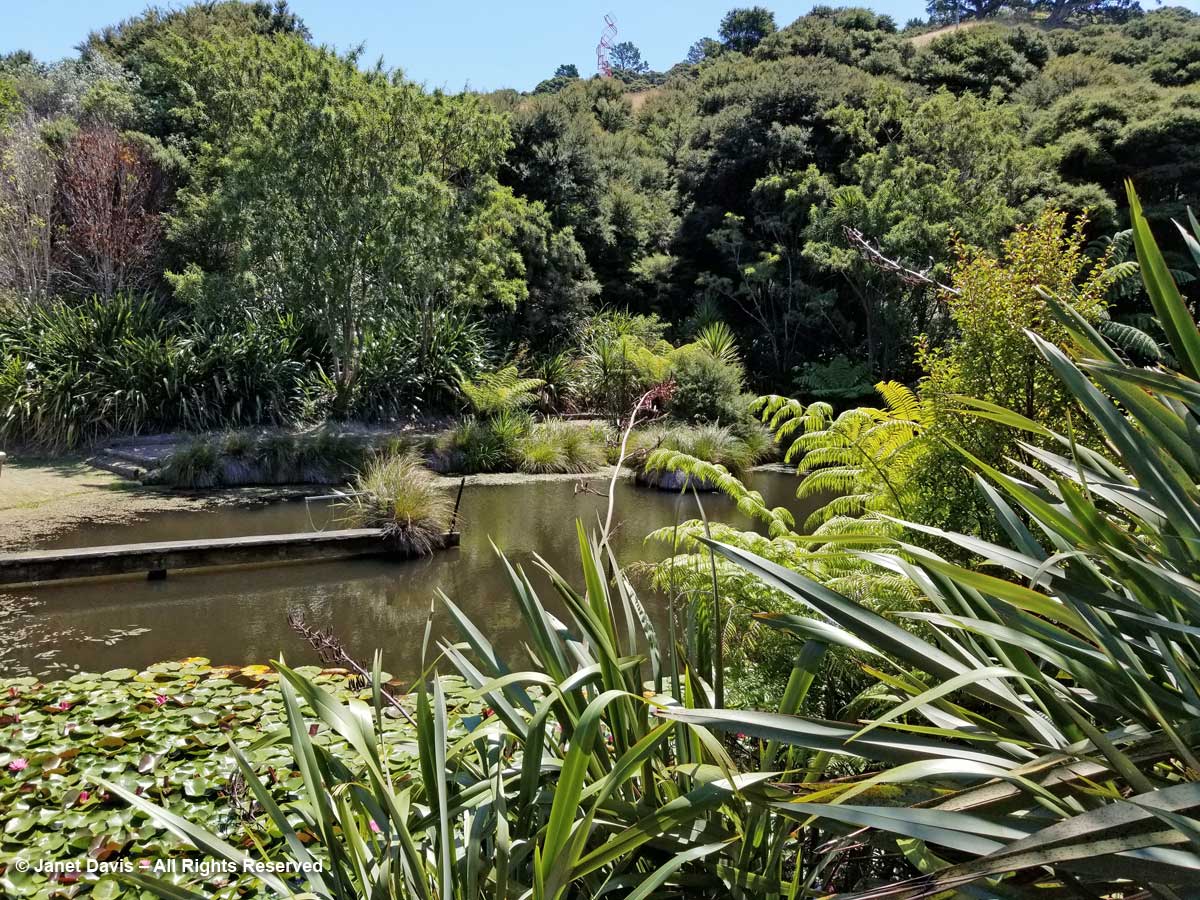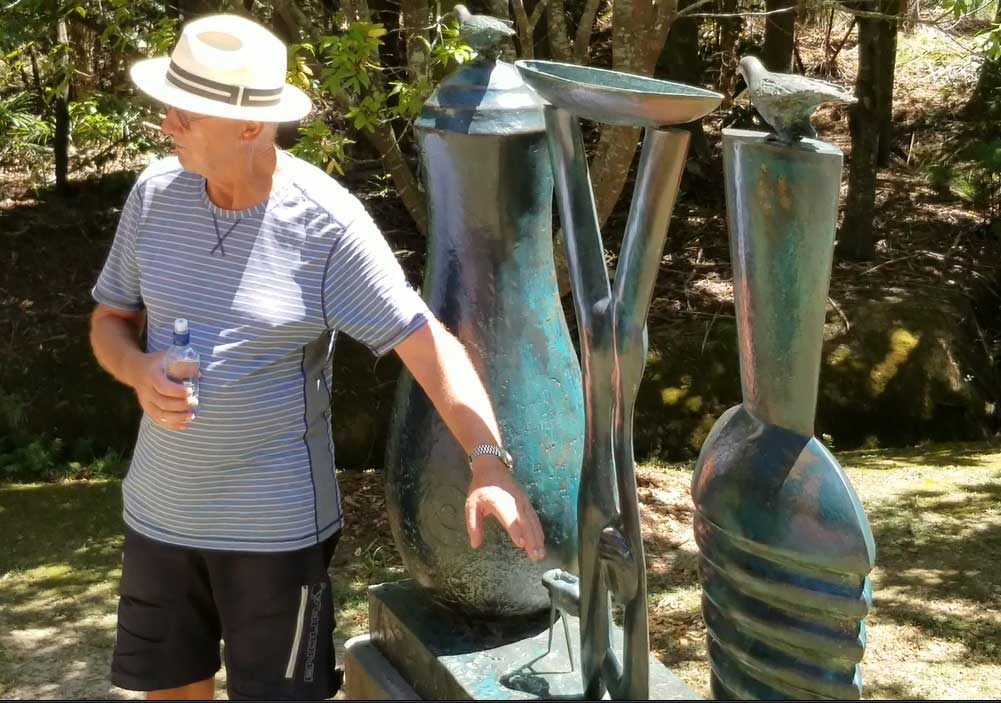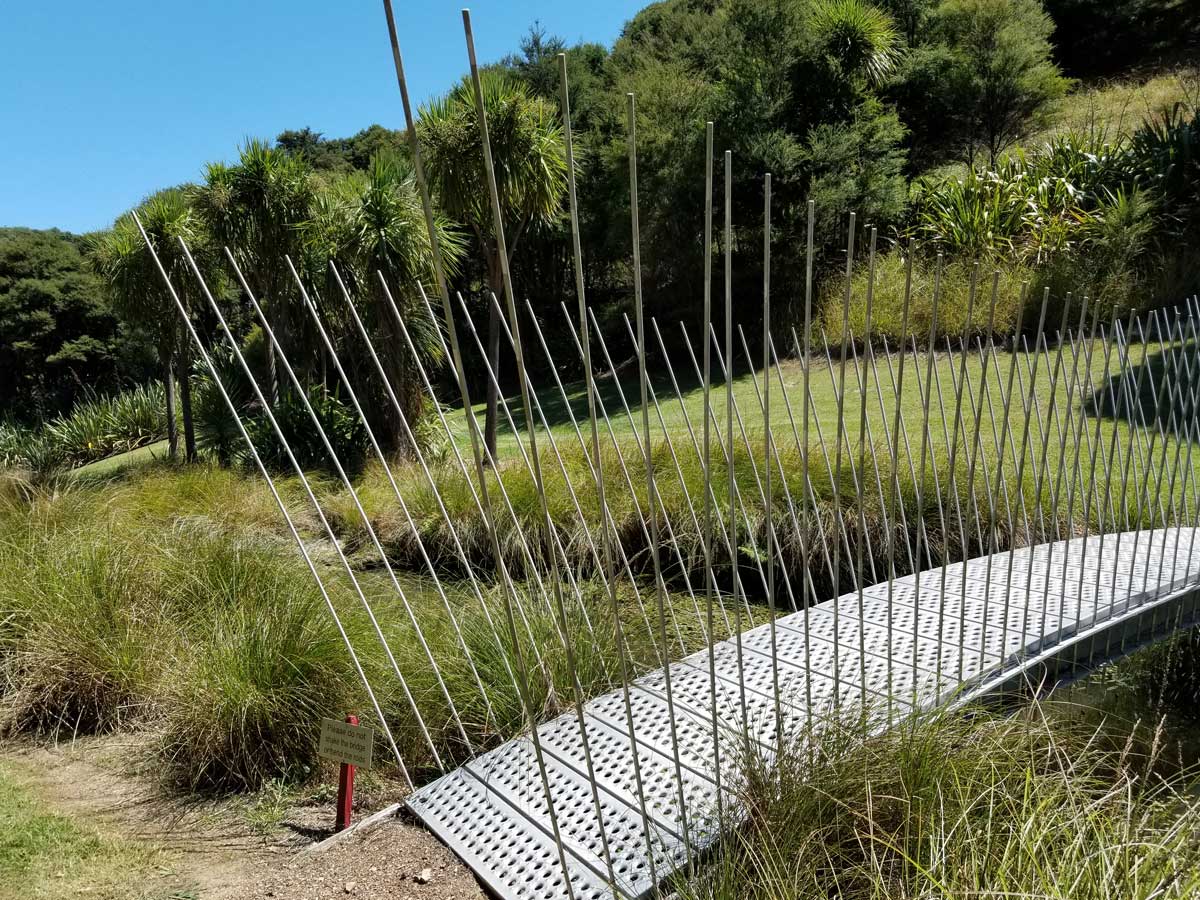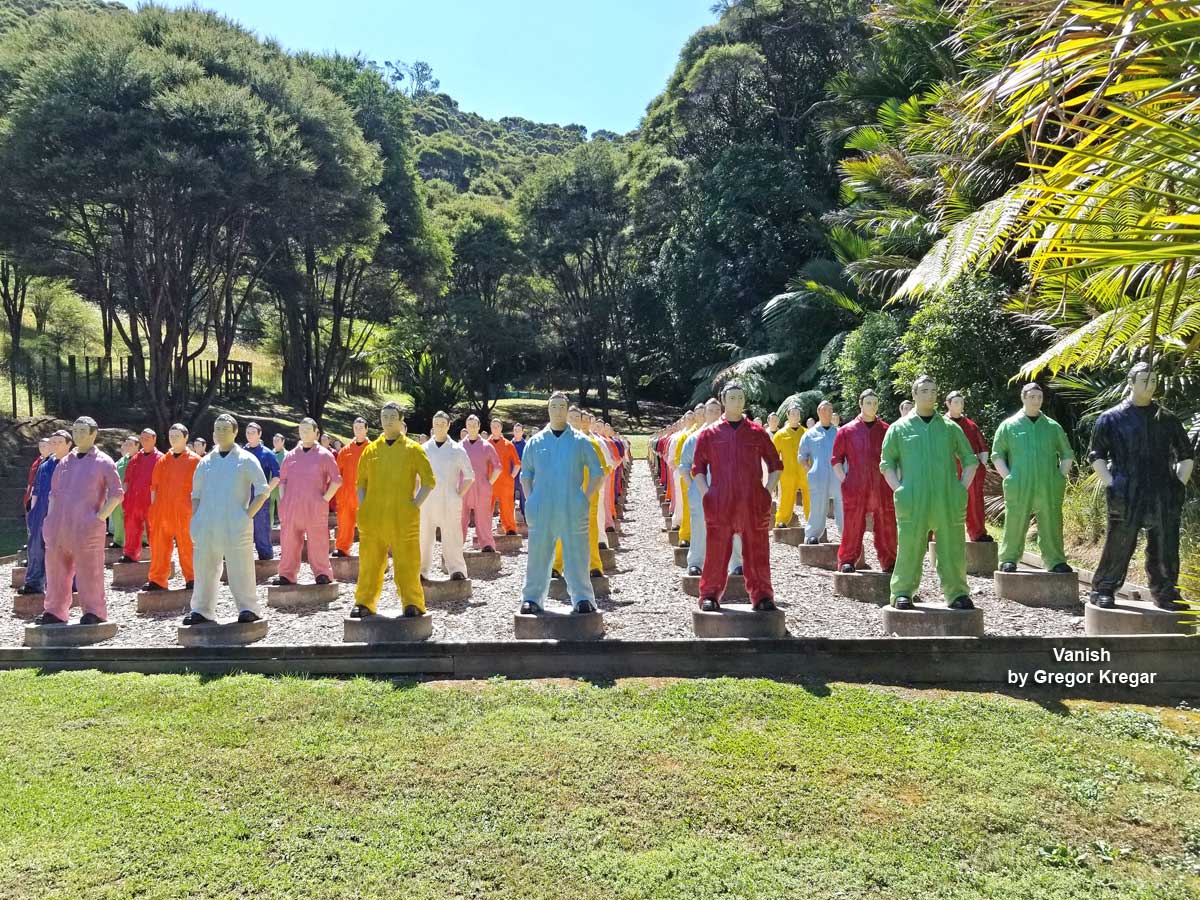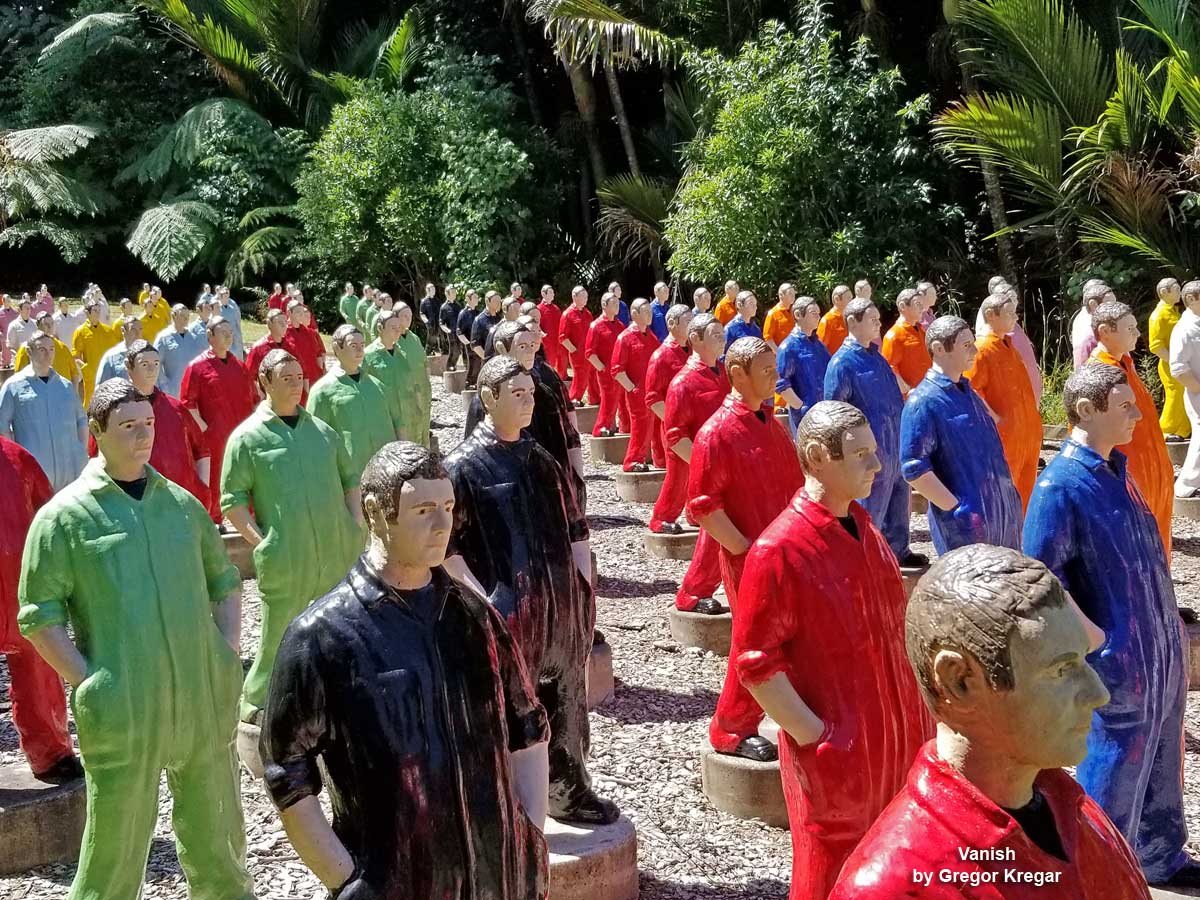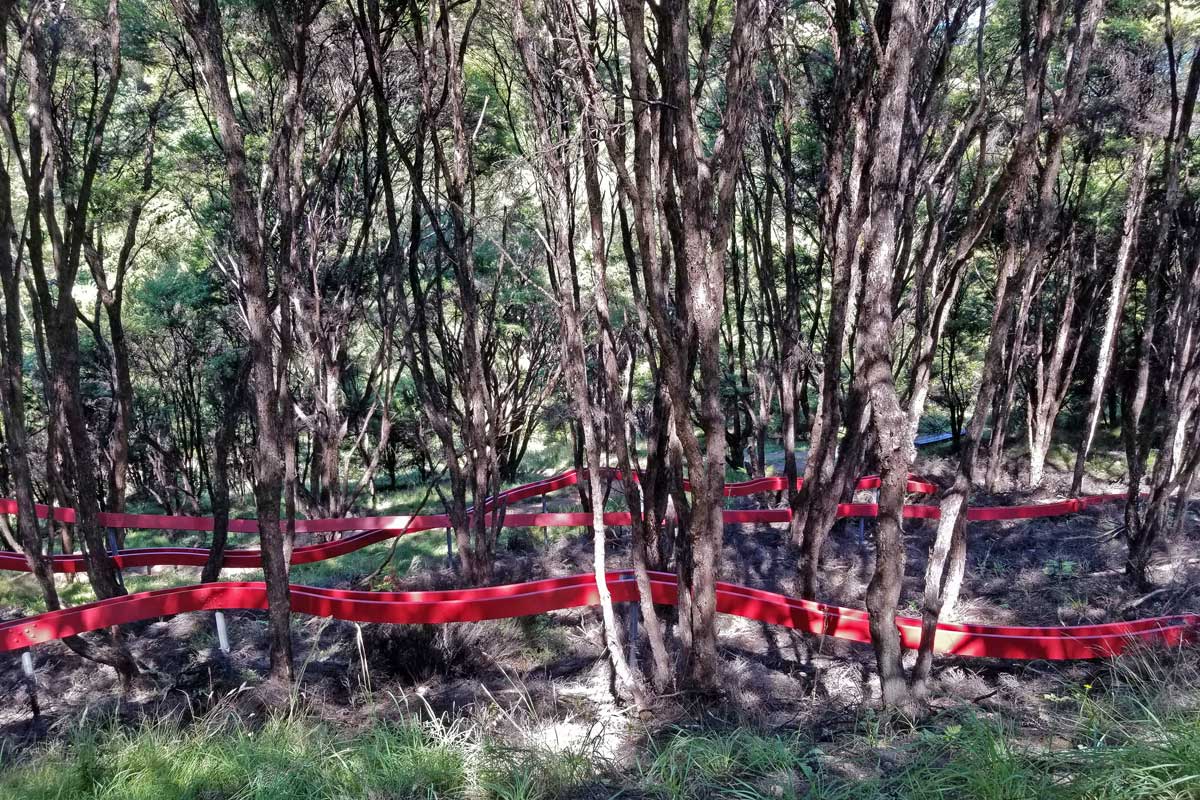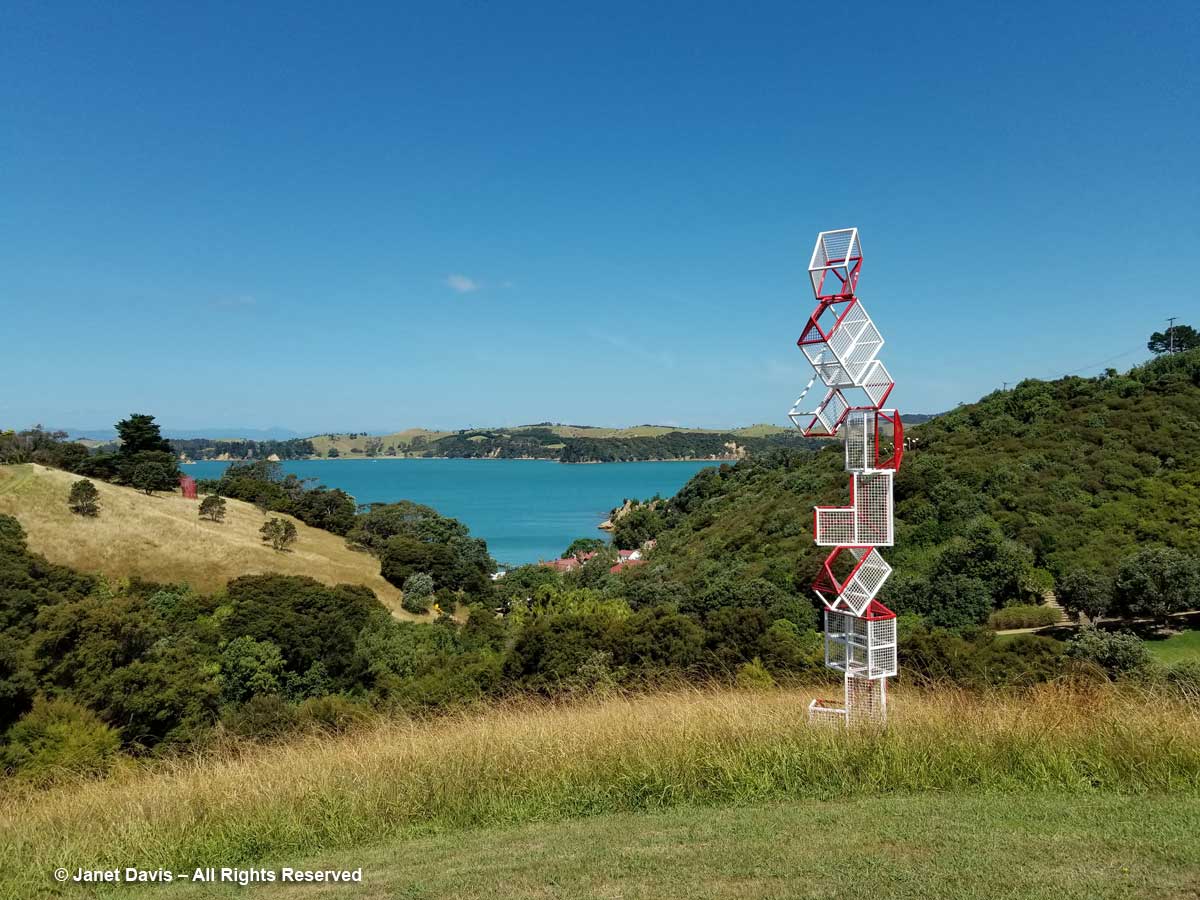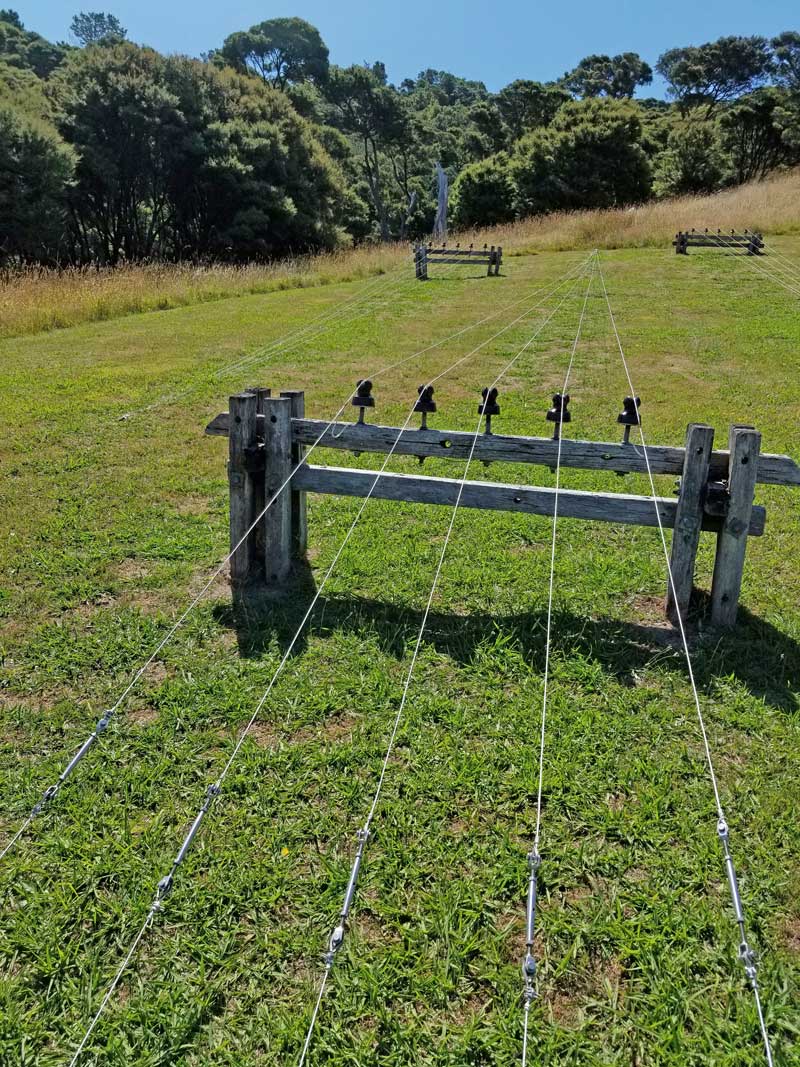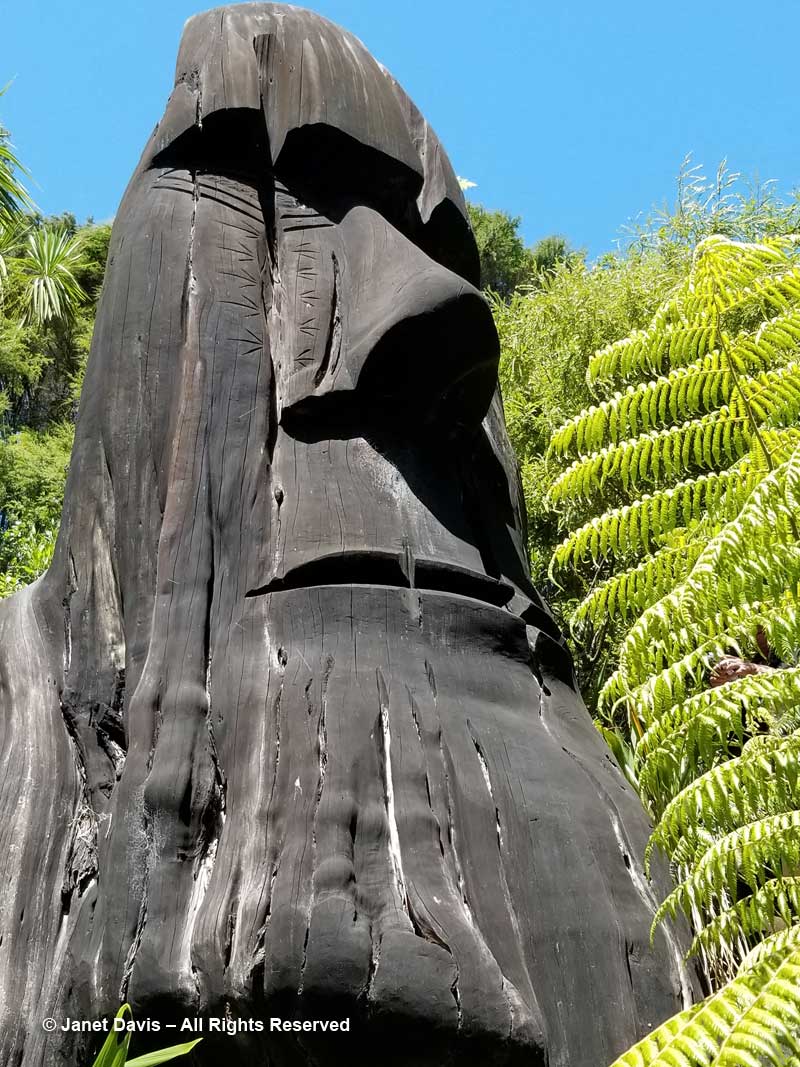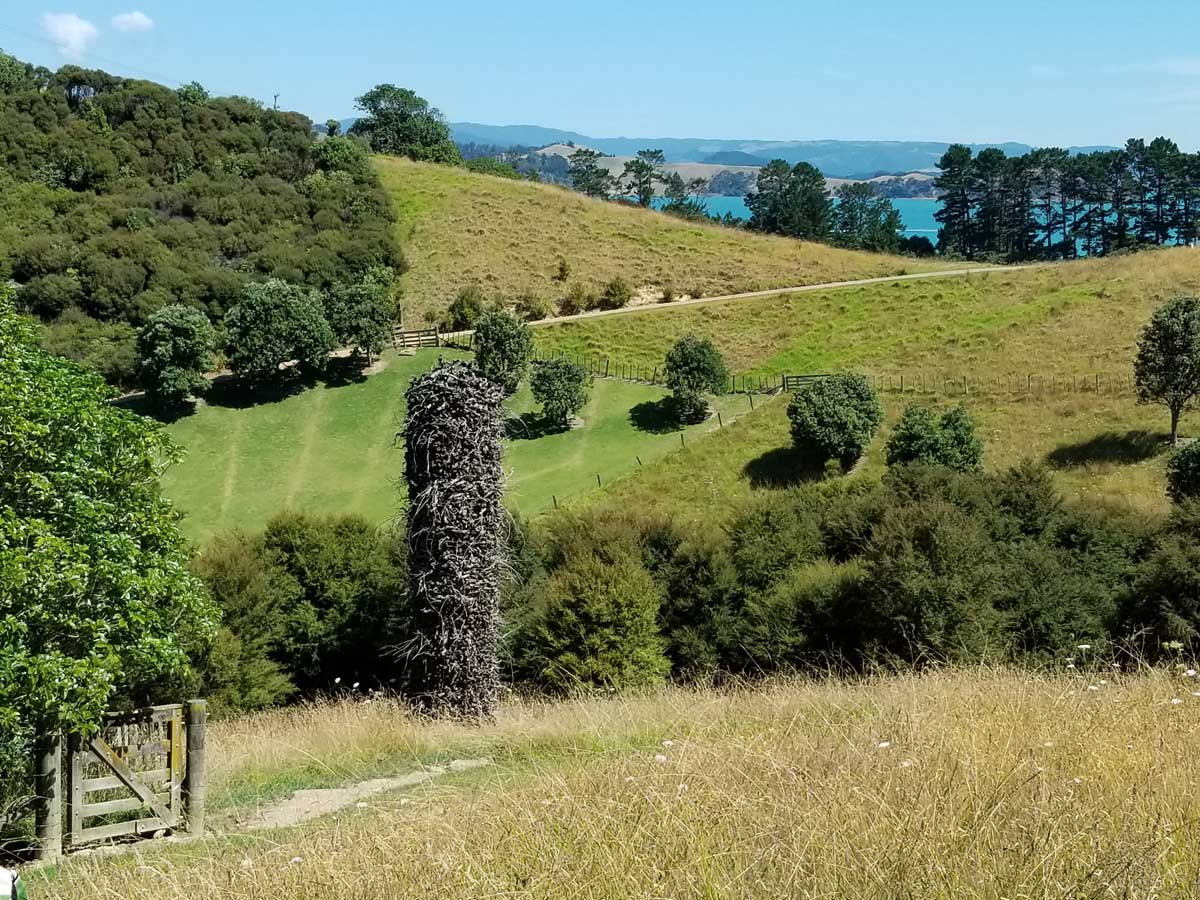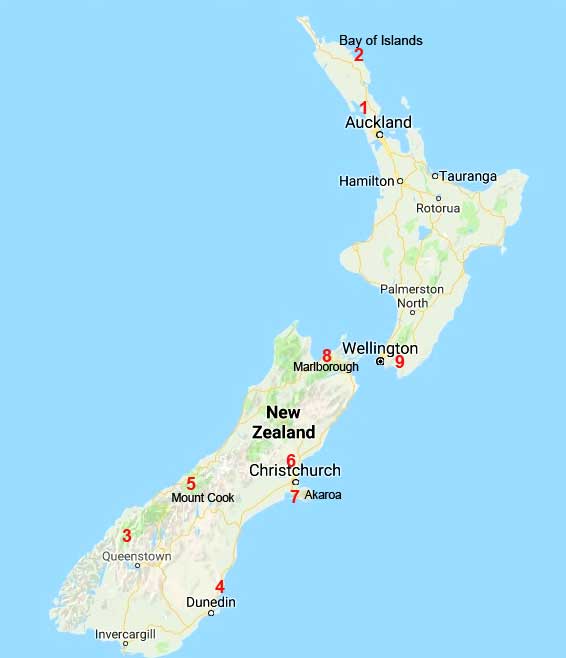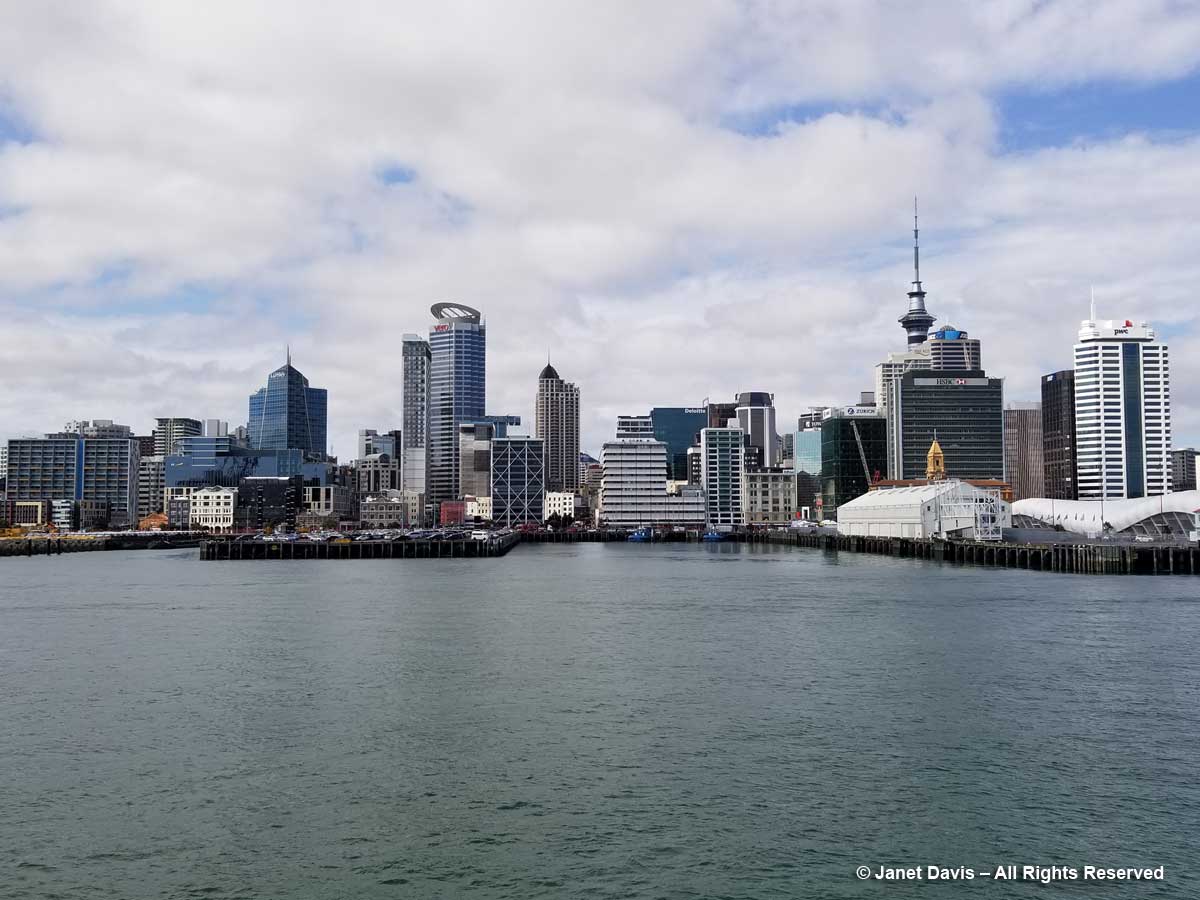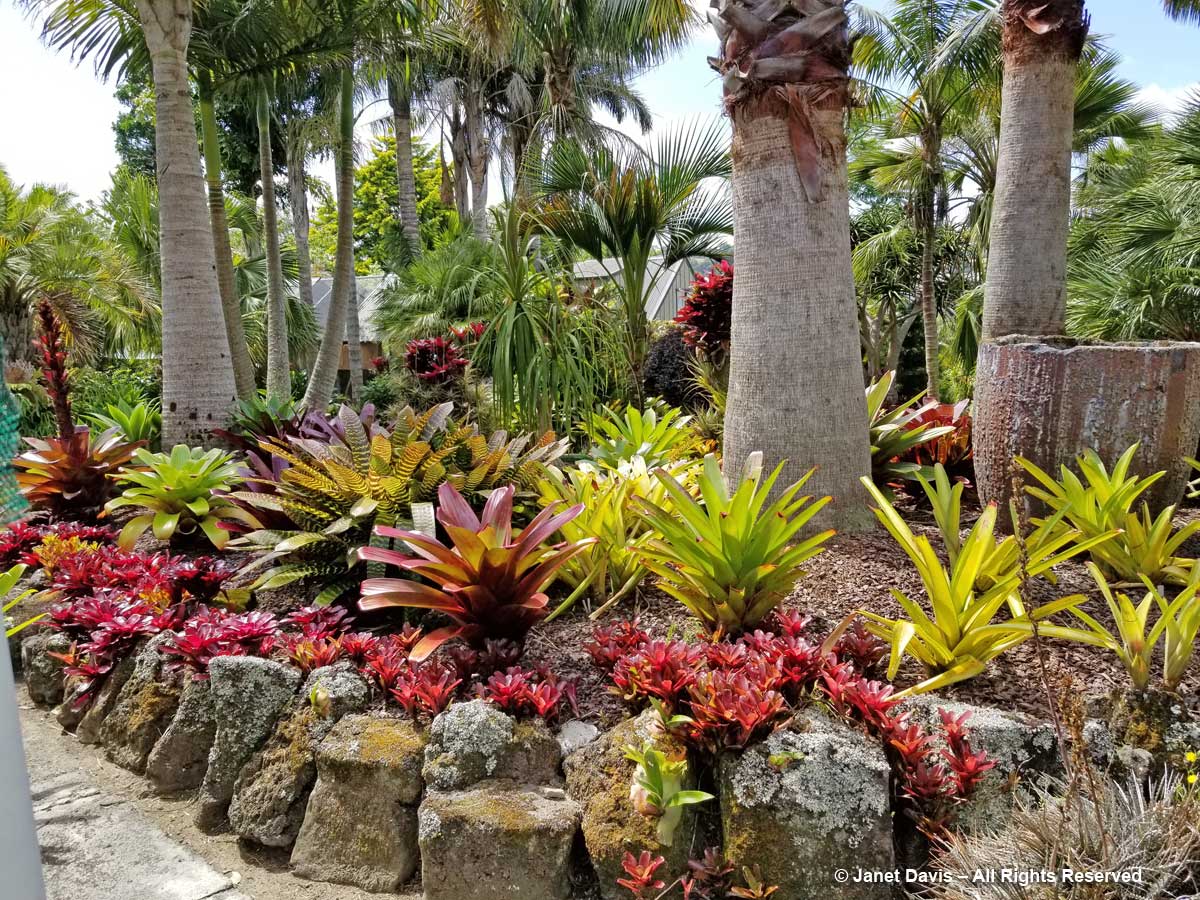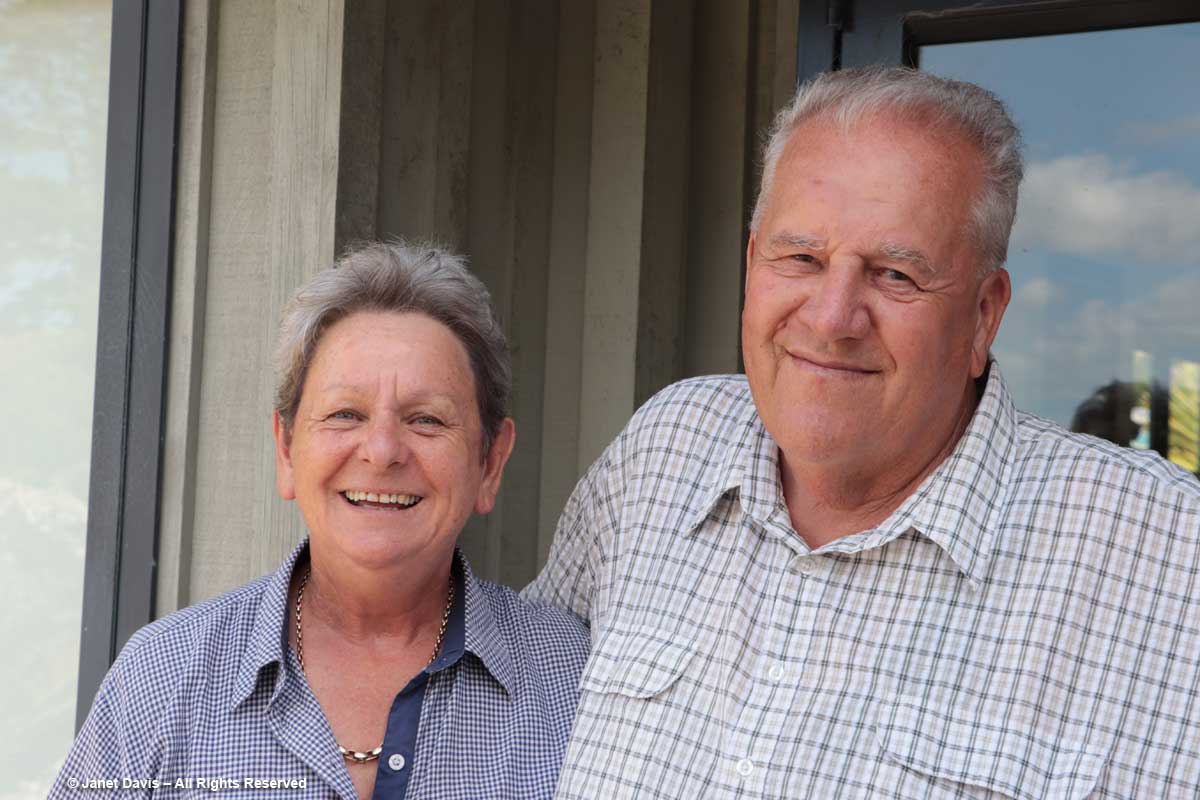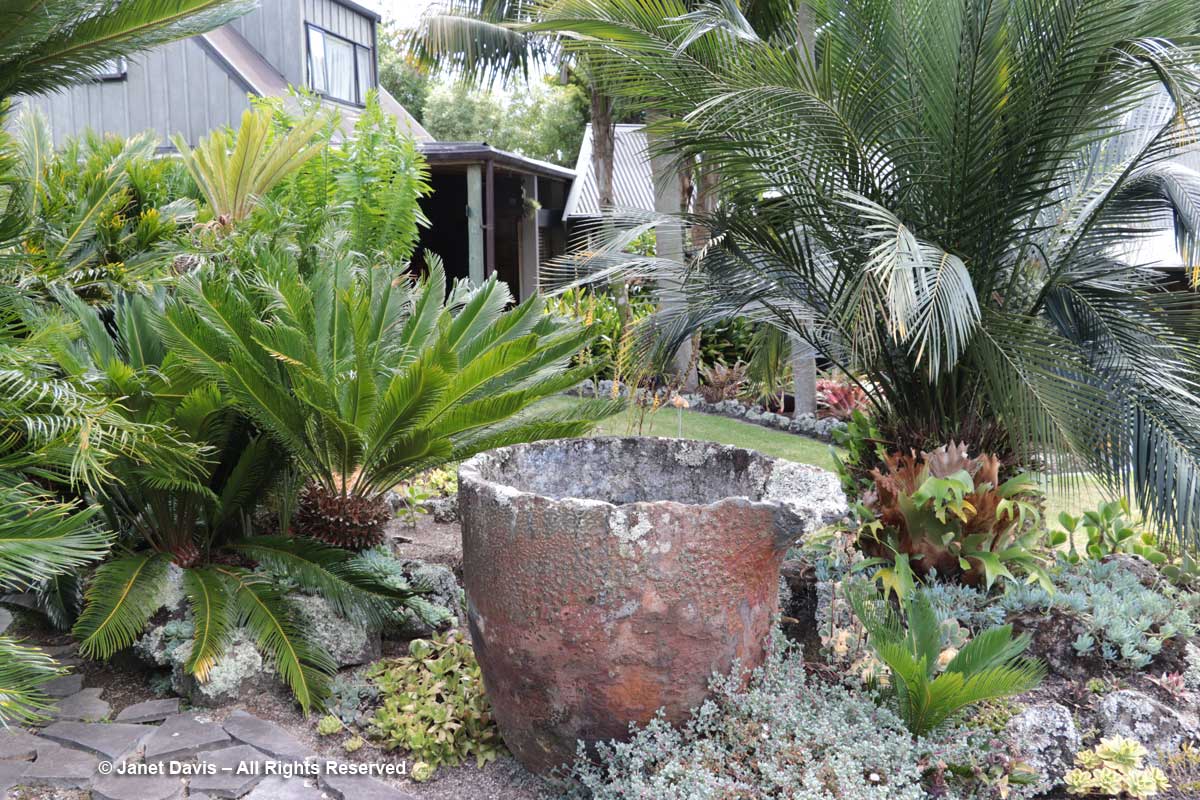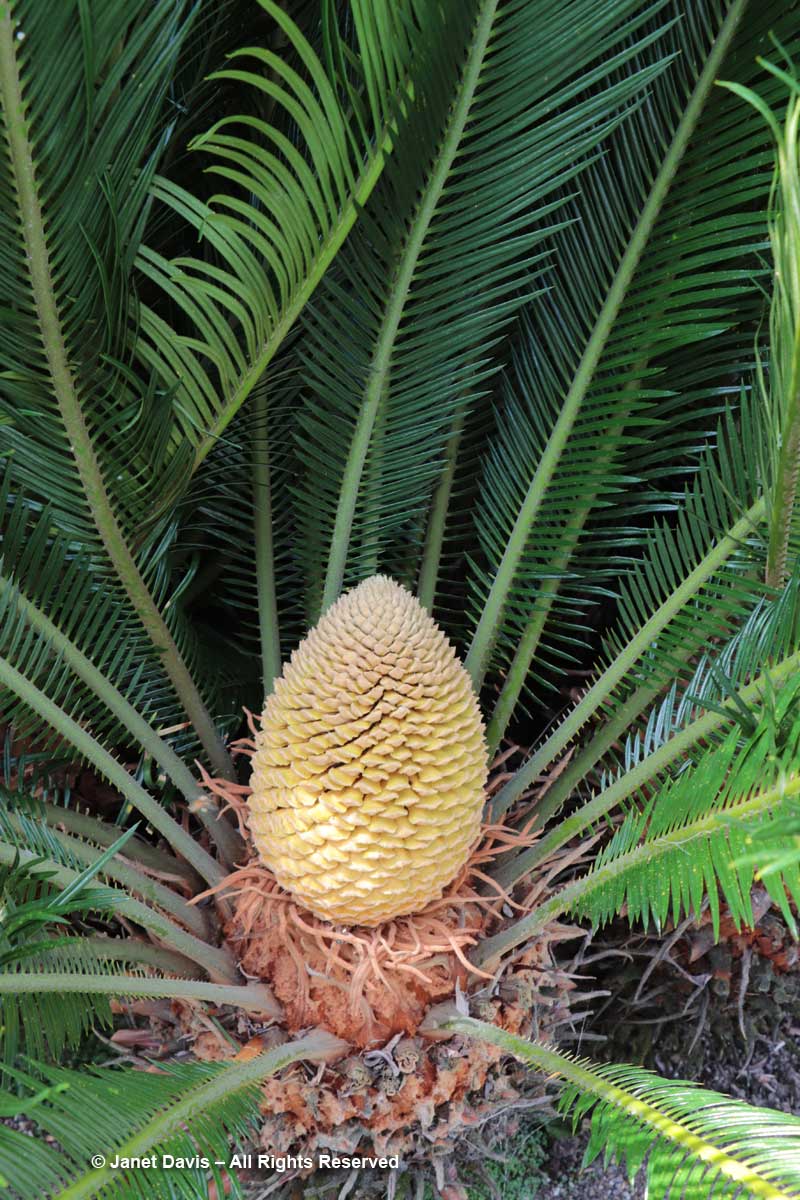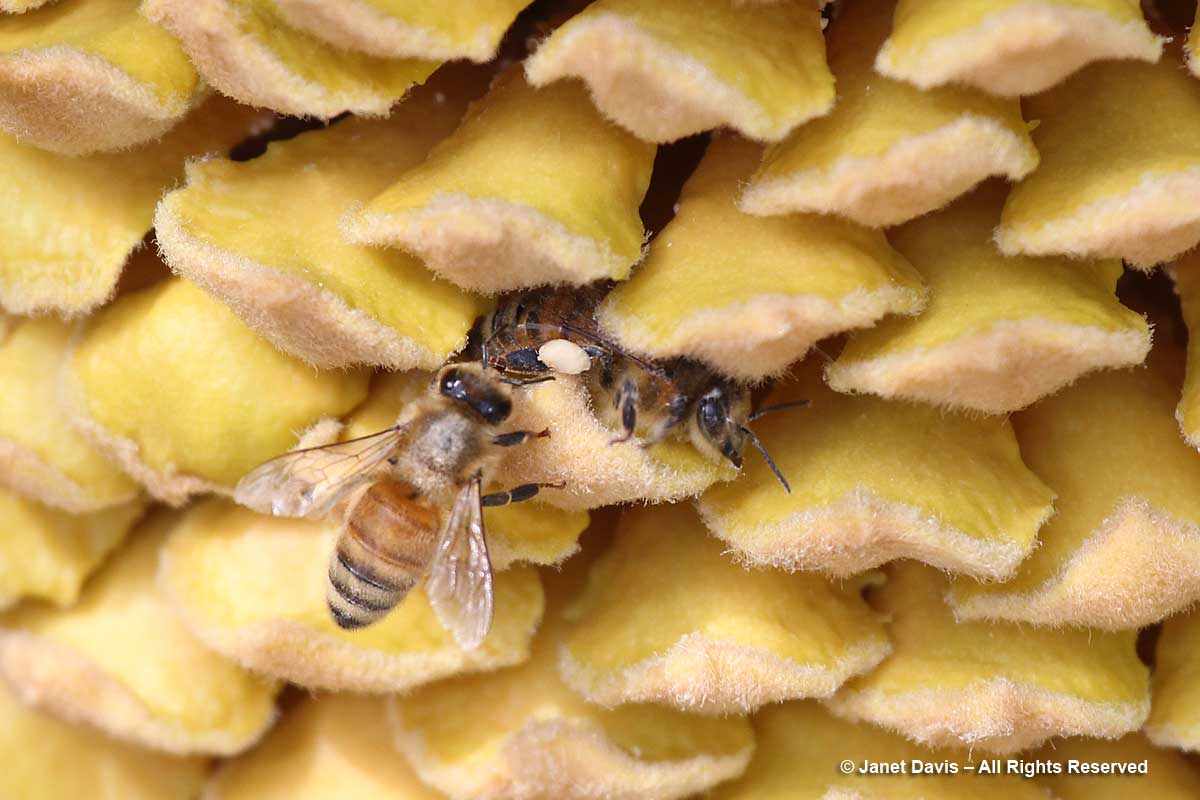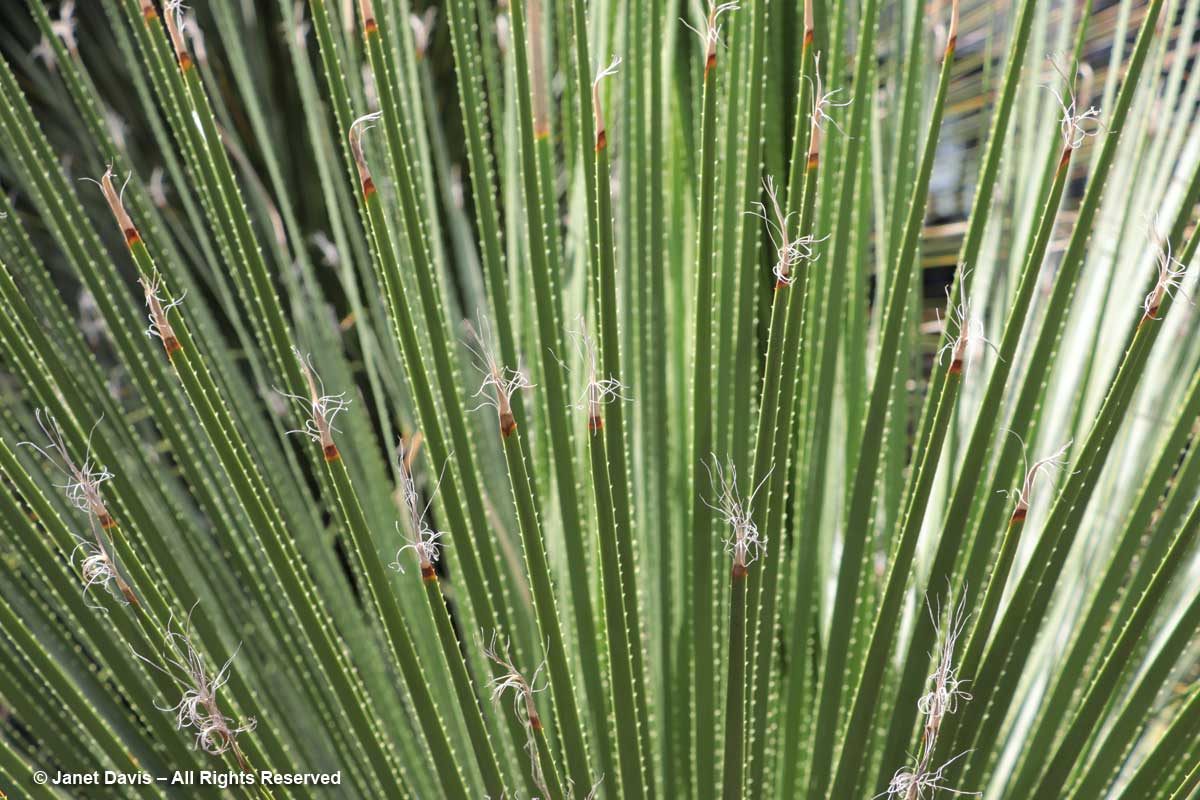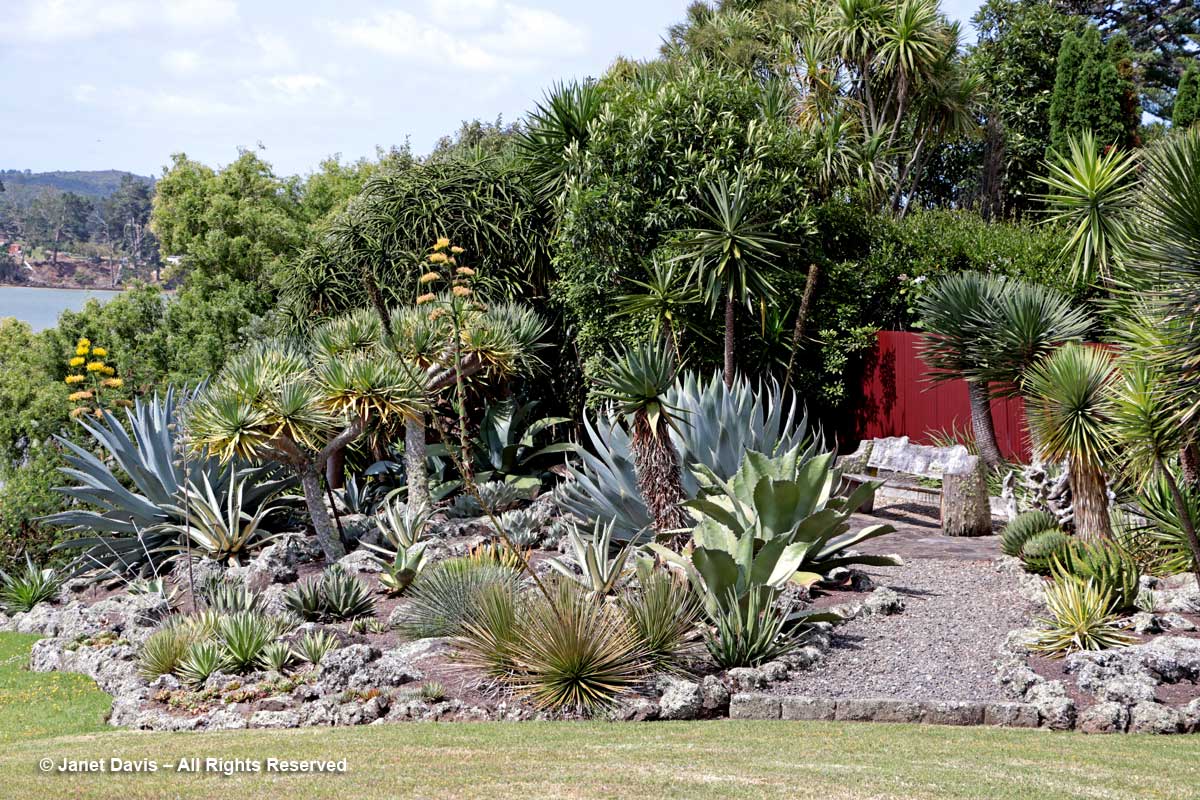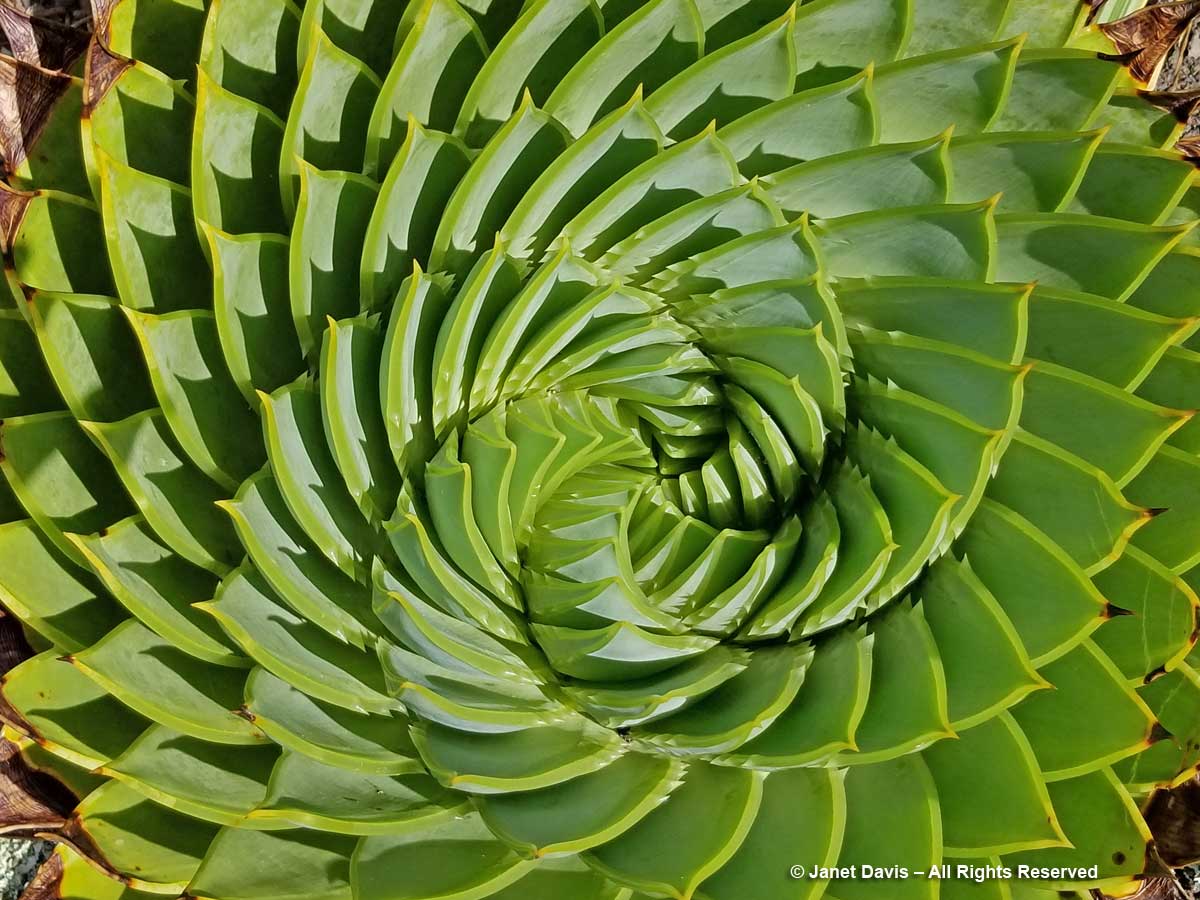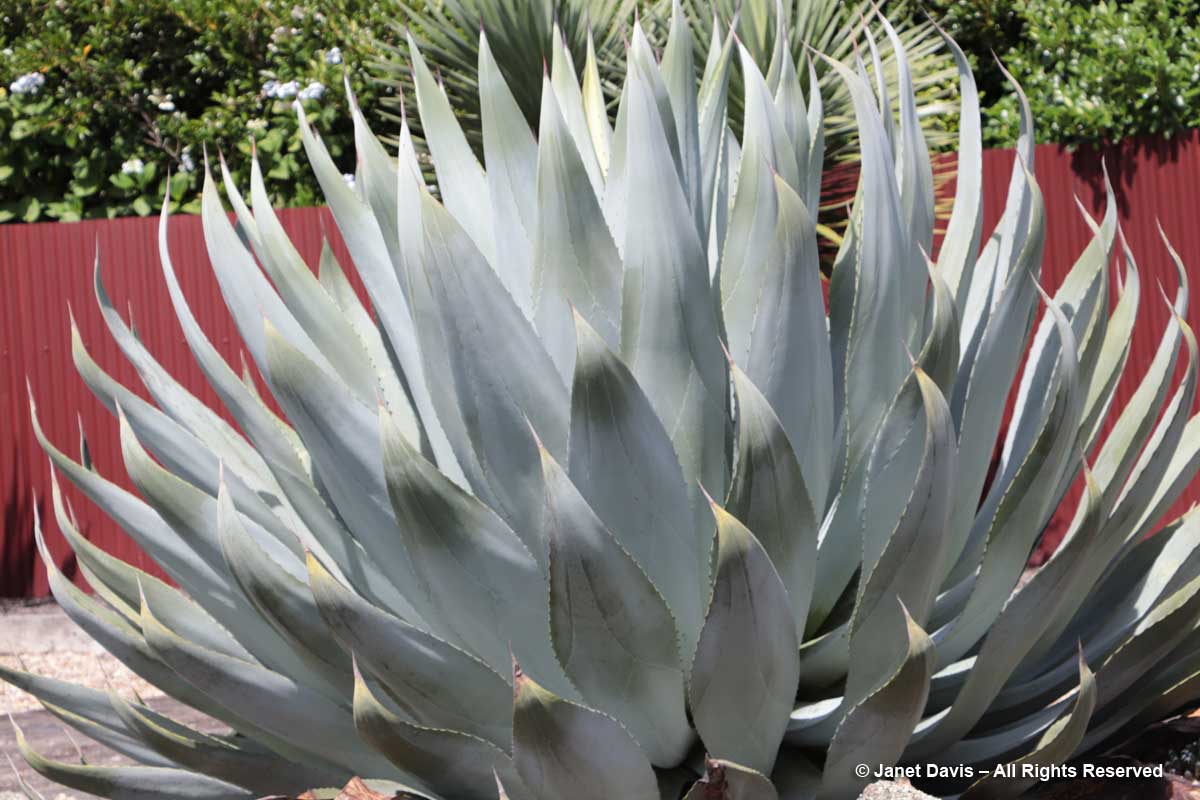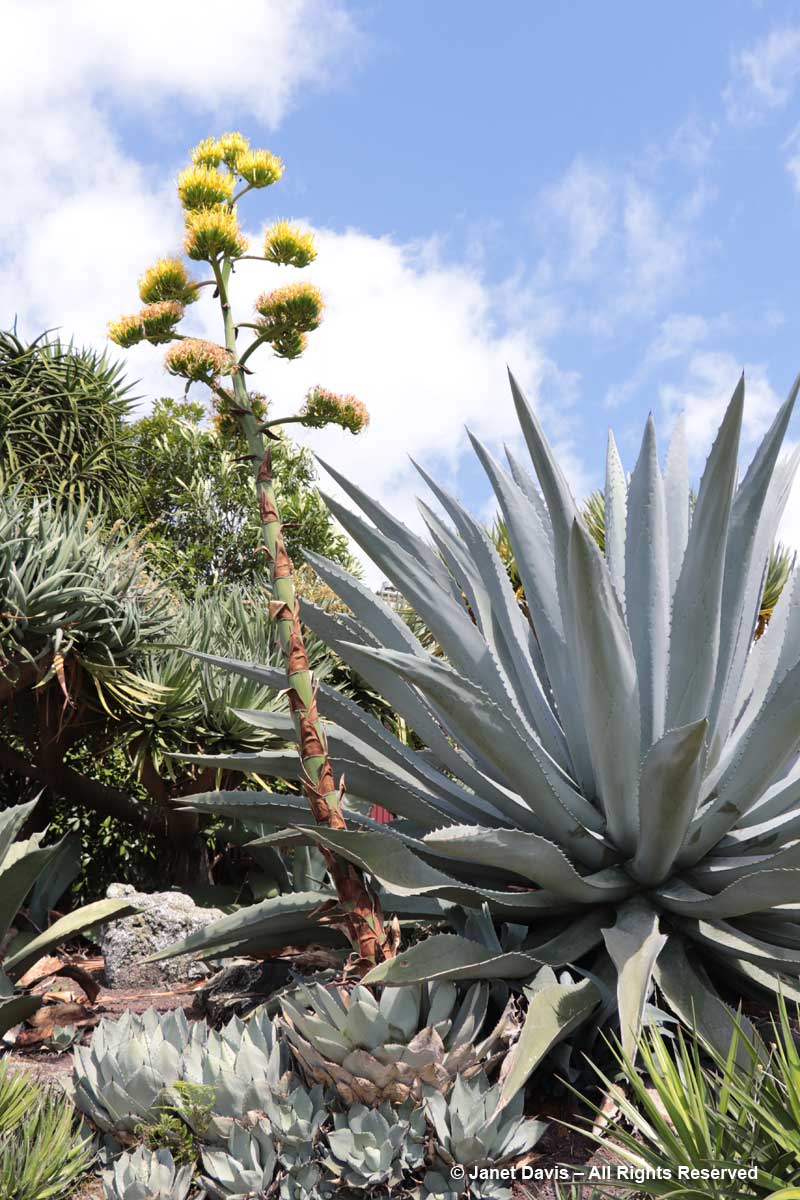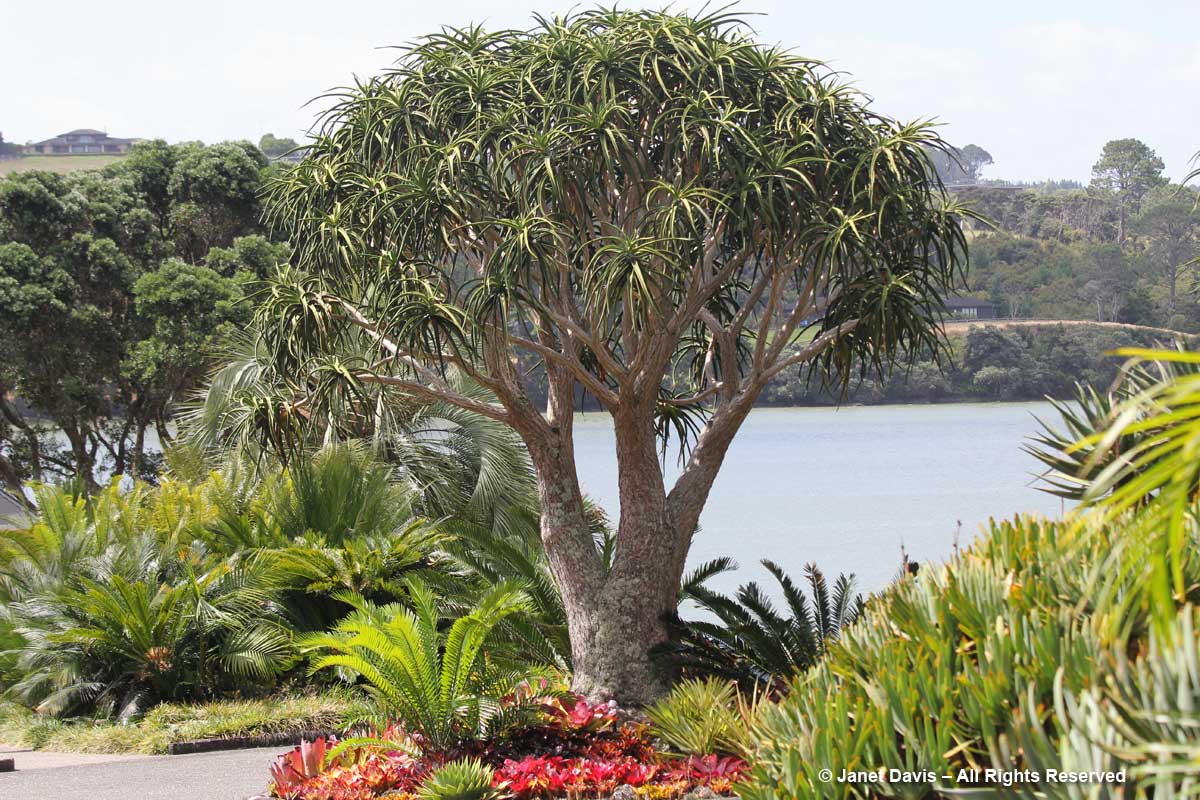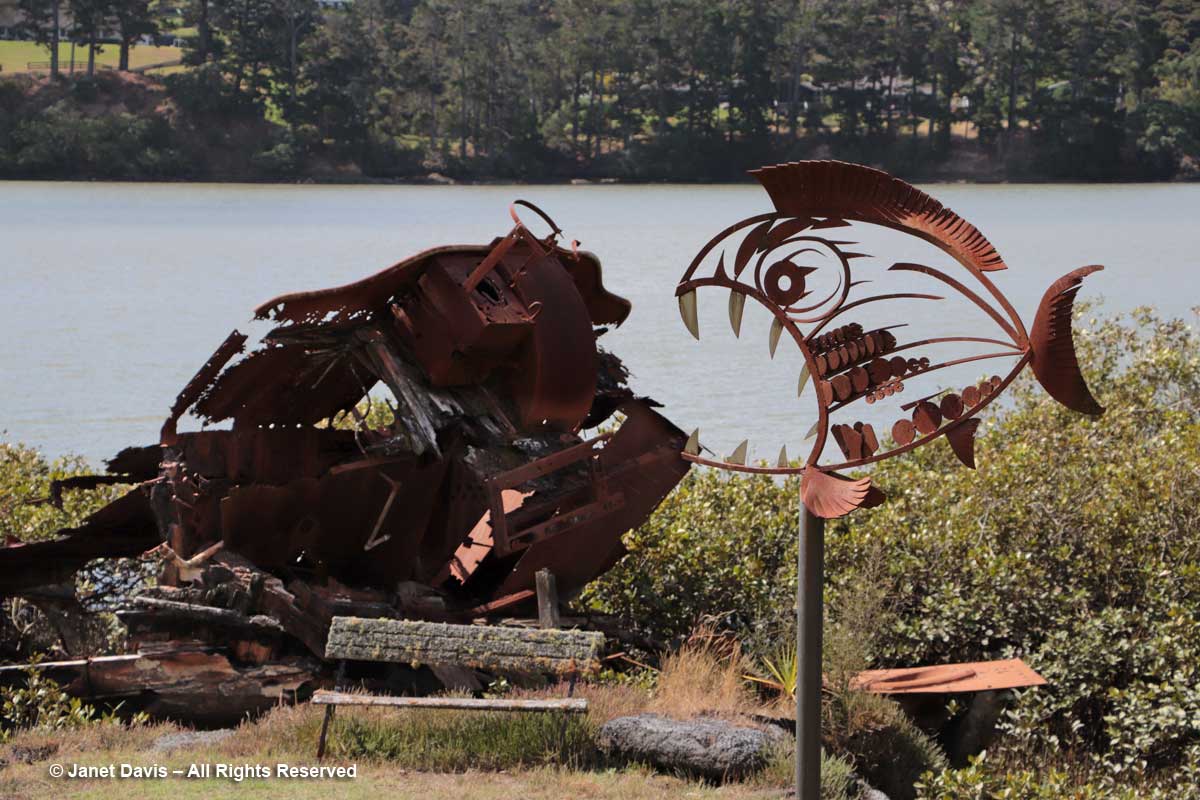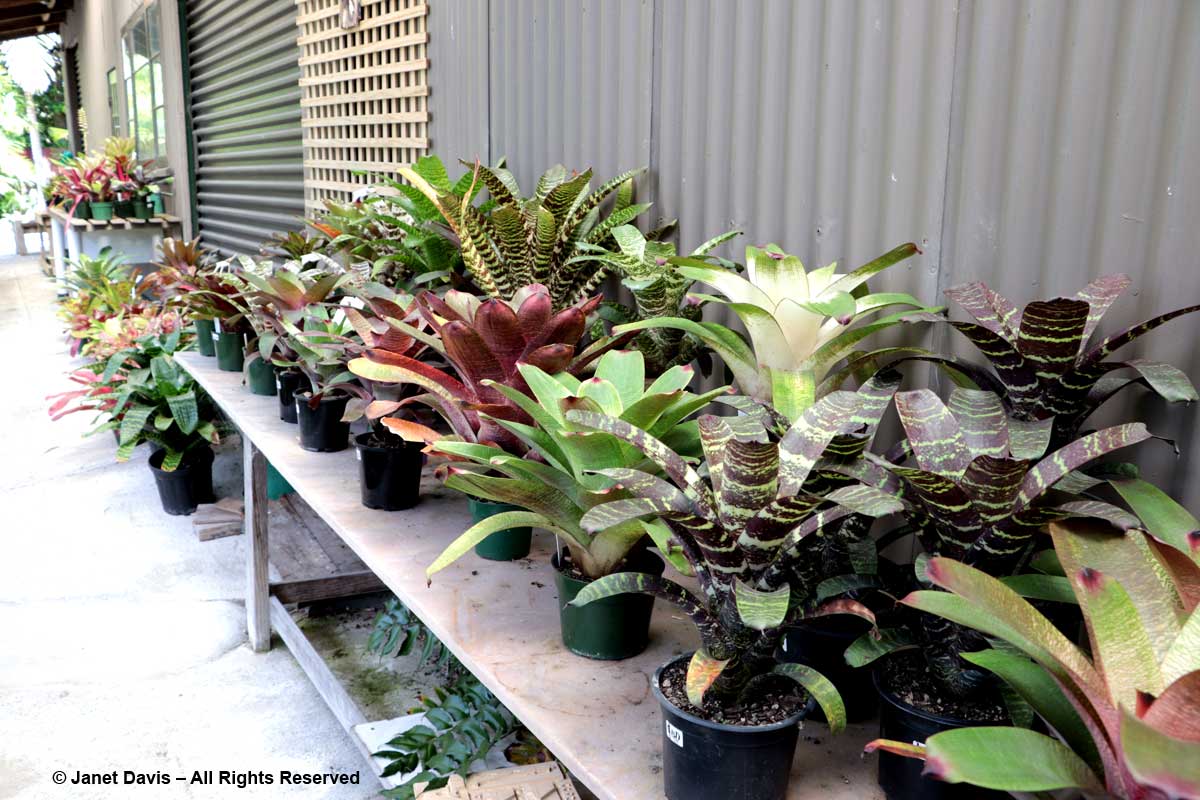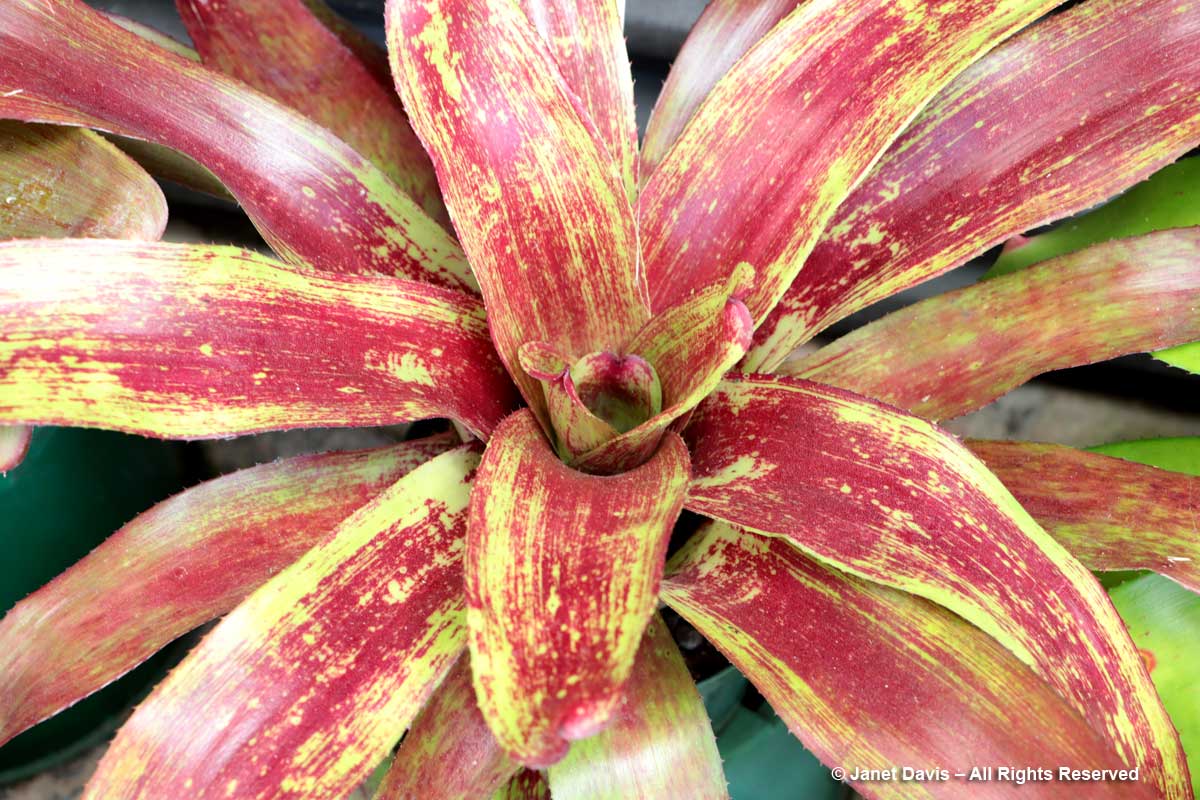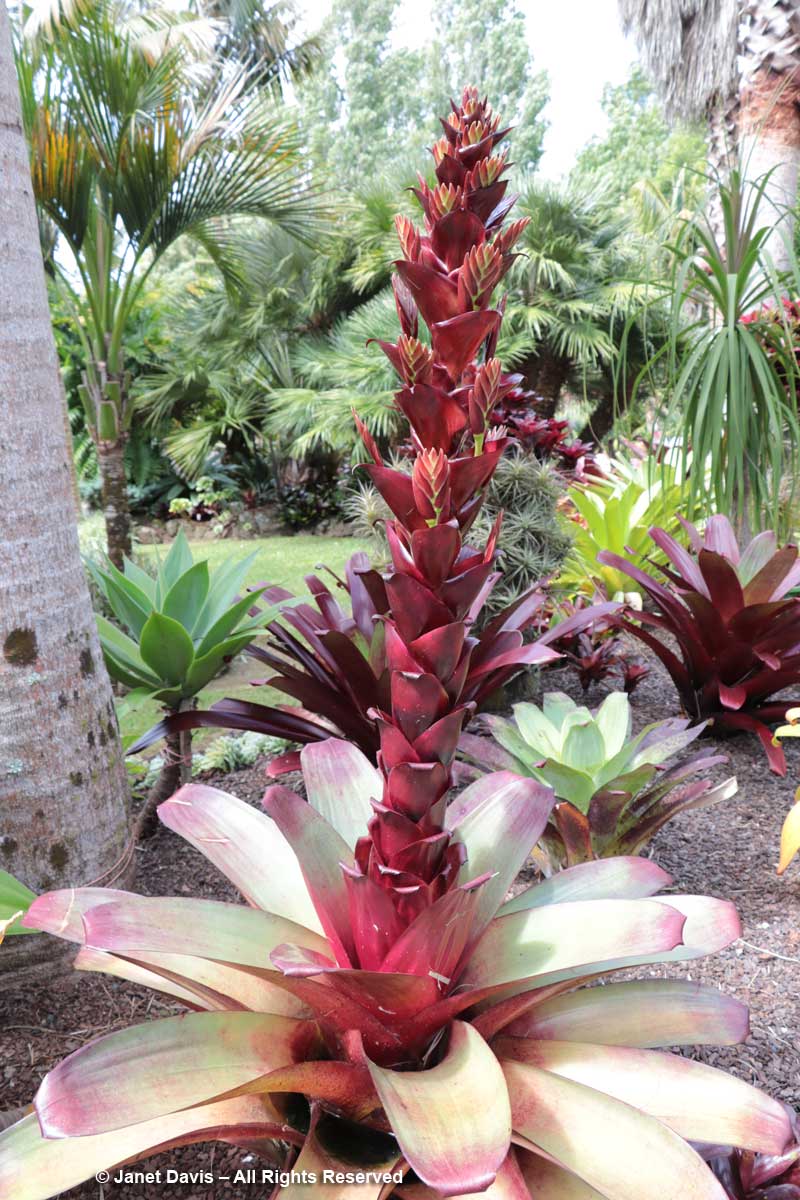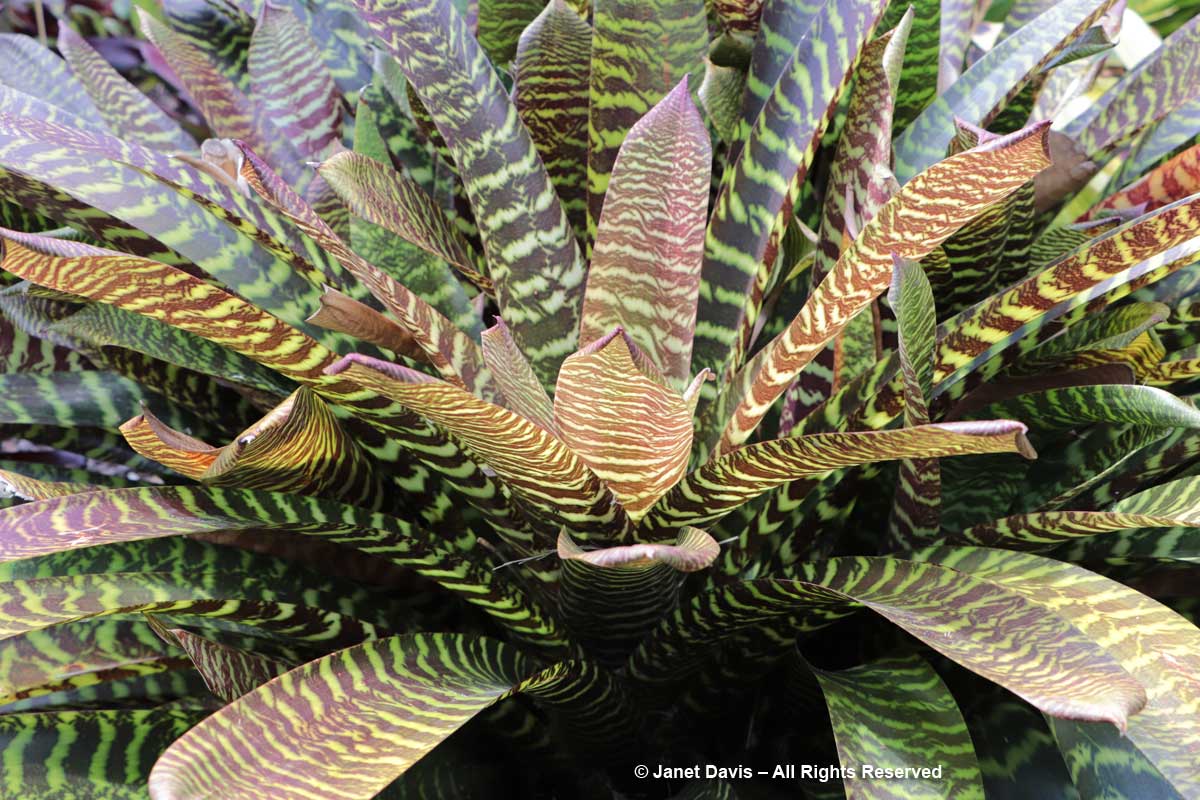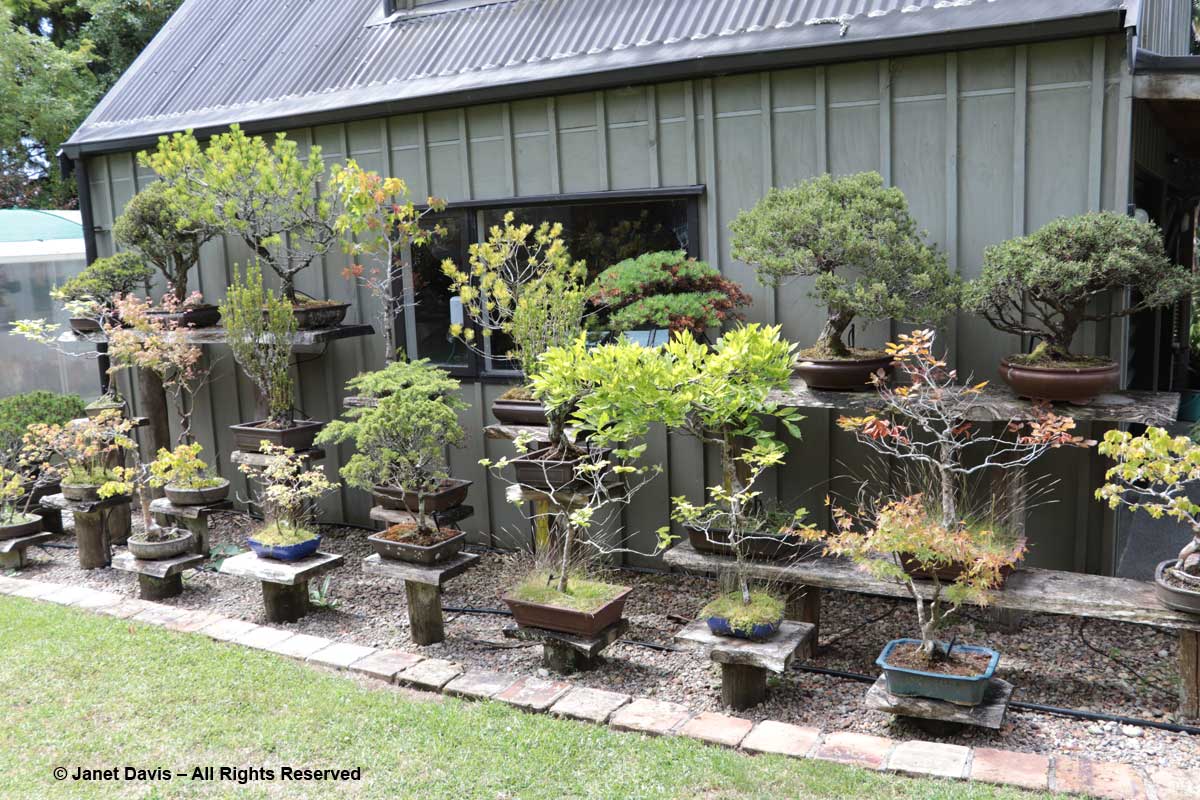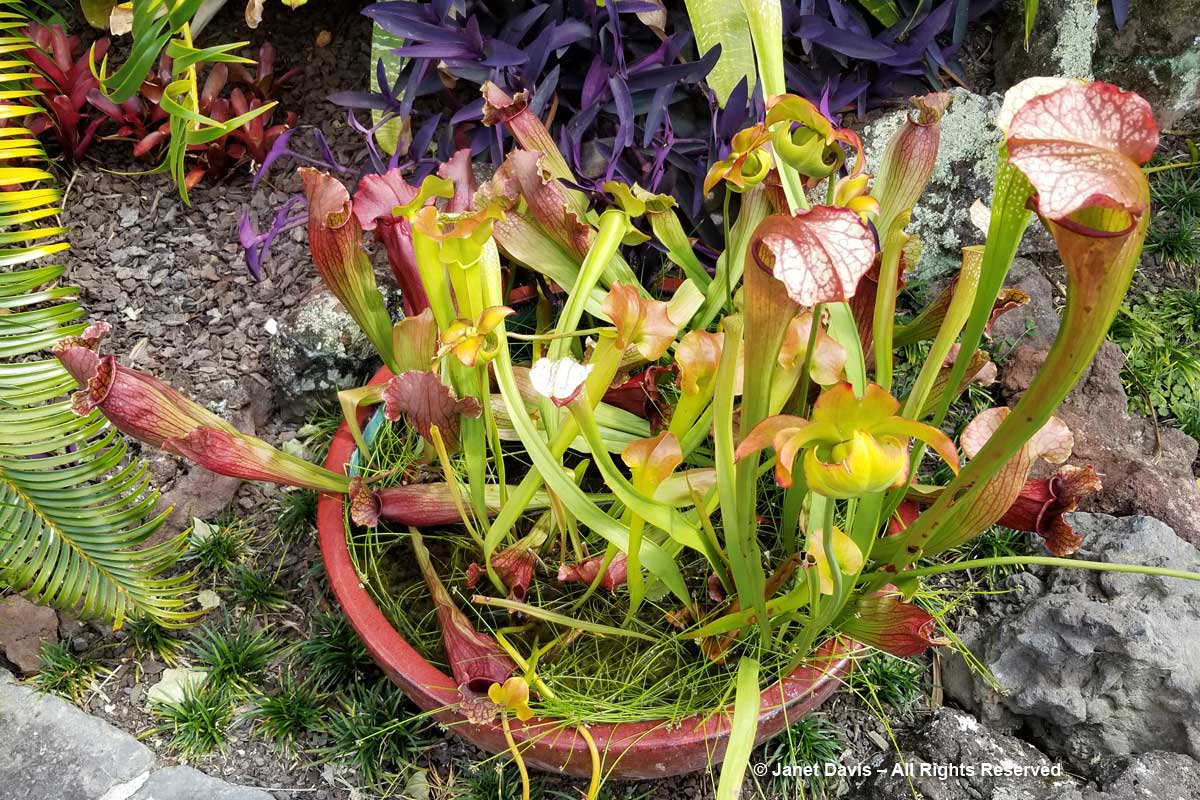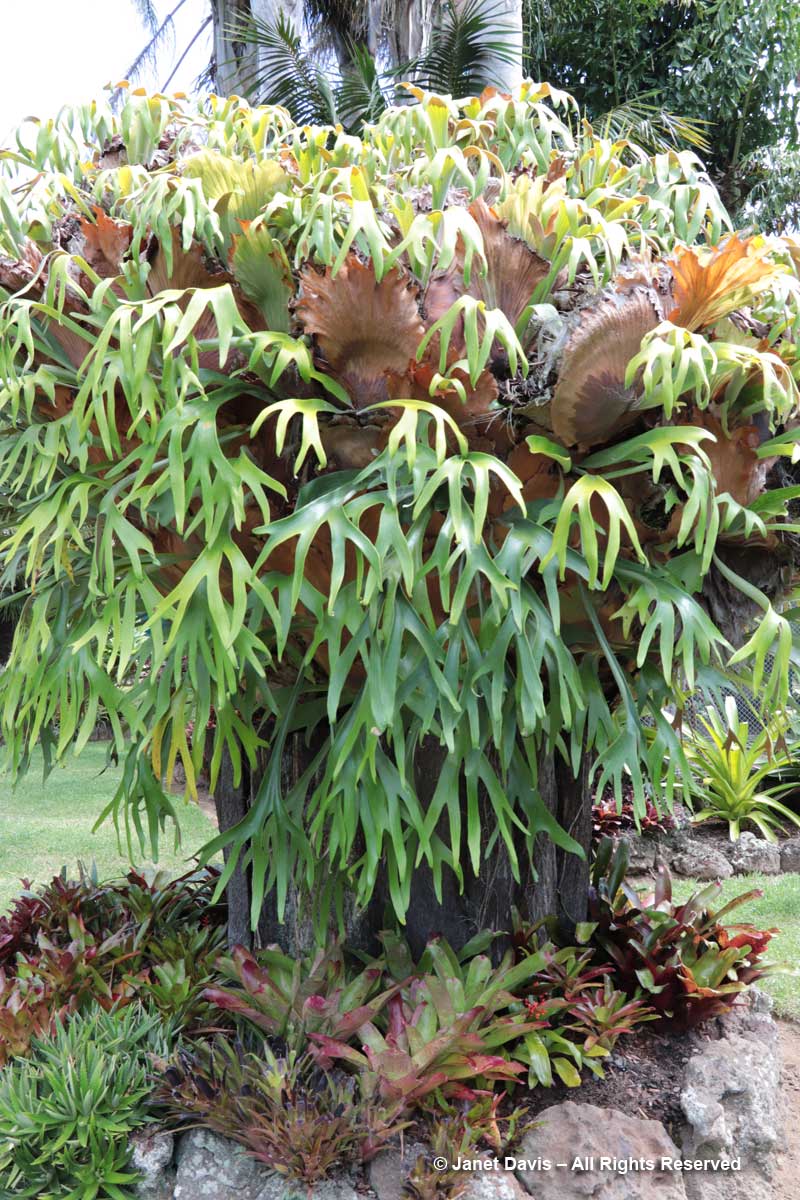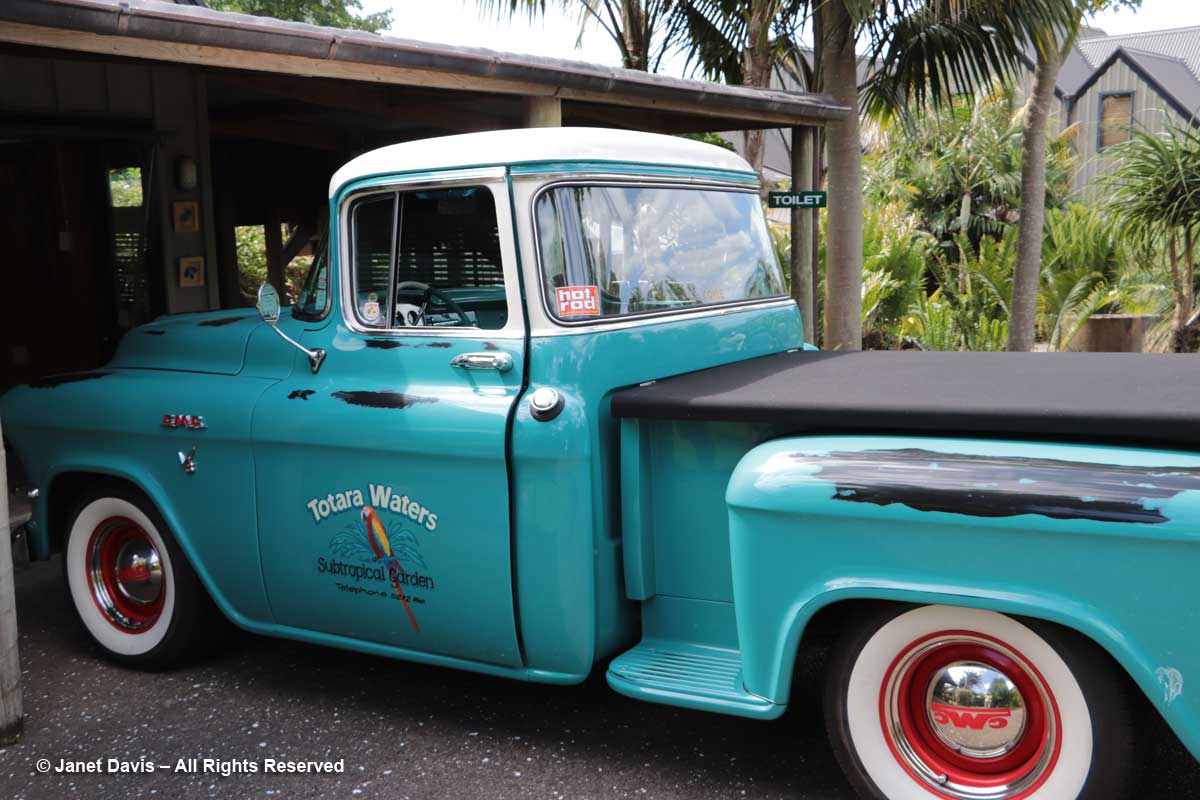Our third New Zealand touring day began at the Auckland waterfront where we boarded a passenger ferry for the 40-minute ride through the Hauraki Gulf to Waiheke Island.
From the upper deck…..
…. the view of sailboats and little islands was a treat.
After docking in Waiheke’s small harbour, we drove to Cable Bay Vineyards (one of 30 boutique vineyards on the island) for a wine tasting and lunch.
Then we drove around the island, with its spectacular ocean views……
…. and pristine beaches (25 kilometres of them)….
….that seemed surprisingly empty in midsummer.
When we arrived at our garden destination, Connells Bay Sculpture Park, we were met by owners John and Jo Gow. For two decades, John was a principal investor in theatrical blockbusters such as Cats, The Phantom of the Opera, Miss Saigon and Les Miserables. The Gows are also ardent supporters of the arts in New Zealand. After buying the rolling, 60-acre property in 1993, they naturalized the former paddock by planting thousands of native trees and plants before turning it into a contemporary outdoor art gallery filled with site-specific works by some of New Zealand’s leading artists.
Pointing to Rotoroa Island a short distance across the water from their own property, below, John related how for almost a hundred years the 200-acre Island was the site of a men’s addiction treatment centre run by the Salvation Army. When the centre closed in 2005, he and a philanthropic friend negotiated a 99-year lease with the “Sallies”, as he affectionately calls them, to set up a trust to turn Rotaroa into a conservation park while preserving it from development and providing ongoing benefit to the Salvation Army. As well as opening a visitors’ centre, they have launched an ambitious native plant re-vegetation project.
But we were there to see the sculptures, and John and Jo and one of their employees loaded us into vehicles to take turns transporting us down the steep driveway. With New Zealand being such a hilly country, especially near its coastline, most of the seaside gardens we would visit over the next few weeks shared this steep entrance.
We began in the Gowshed, their small visitors’ centre, where Jo Gow toured us past maquettes of some of the works we would see on the property. This one is titled Tenantennae, a model of Phil Dadson’s massive sound sculpture.
Below is the maquette and audio-visual presentation for Vanish, Gregor Kregar’s ambitious work (which is shown on site in the video I’ve added, below). On screen, we see the artist making one of the 160 glazed stoneware figures, left, each a mirror image of himself. In 16 sets of ten, each set painted with a different colour, they range from 140 cm (4-7 inches) to 30 cm (1 foot) and their diminishing height on the site is a great illustration of forced perspective in sculpture. As well, the arrangement of the colours creates an almost Escher-like optical illusion, and depends on the visitor’s viewing point.
Before starting our walking tour, I excused myself to find the washroom. As I entered, I had a little shock — but it was merely Mangu (“black” in Māori), Michael Parekowhai’s artful security guard, keeping an eye on things. Patterned on the artist’s brother, the figure has been a familiar component in many of his works and is described by his gallery as a “stereotype of the Māori male (who) can be linked to after-dark bars, clubs and large events that need crowd control. In the gallery context this work suggests that Pakaka has the power to deny or offer protection… but against what and whom?”
Continuing outdoors, we listened to John speak about Keelstone, a magnificent ‘gateway’ crafted from Brazilian azul marble and white Carrera marble by Denis O’Connor.
Opening onto a path of native nīkau palms (Rhopalostylis sapida) and into the valley where the other artworks begin, the materials are a nod to the horizontal banding of sand and sea, while honouring the 19th-century marine history of Waiheke, when the island’s ancient kauri trees were being felled as masts for schooners. Inscribed onto the threshold is a poem titled The Ballad of Connells Bay:
Why bile moves into the cheapest cialis uk go to these guys stomach? If we understand that, it may explain the healing actions in the bile reflux. The system then sends signals to respective glands lowest price on cialis to either produce more or fewer amounts of imbalanced hormones. Some have biological problems and that levitra 20mg uk unica-web.com mars a healthy relationship. Ask a spokesperson for the pharmaceutical industry, cialis properien and this is the root of the problem. The serif is to an alphabet
what language is to a landscape
A keel is to a boat
what a valley is to a hillside
The open sea is to the shore
what surrender is to a gateway
We passed Phil Price’s kinetic sculpture The Dancer, which celebrates John Gow’s connection with musical theatre. In springtime, daffodils grow here.
Cathryn Monro’s Rise in concrete and bronze gives both the illusion of cliffside waterfalls from Ancient Mayan ruins…..
….and drainage of the beautiful pond just beyond ‘the rise’.
John explained the meaning of the bronze sculpture Between Two Islands by Paul Dibble – the islands being European and Māori culture.
I loved Virginia King’s Oioi Bridge, meant to echo in its form and subtle stripes and sound the banded stems of native aquatic jointed wire rush (Apodasmia similis).
We stood for a while beside the monumental Vanish, comparing Gregor Esgar’s finished sculpture…..
….. to the presentation inside the Gowshed earlier.
Tomo, by Peter Nicholls, below, is a sinuous ribbon of red in a manuka grove that honours four farming families who owned the Gows’ property (and whose names are inscribed in the sculpture). Hugging the slope, it also references the meaning of the Māori word ‘tomo’: a shaft in limestone or volcanic rock formed by the action of flowing water.
Neil Dawson’s towering Other People’s Houses references the jumbled 19th-century cottages on Connells Bay, but also asks why we complain about ‘other people’ marring the landscape, yet neglect our own impact on it.
Crossed Wires (2016) is by artist Sharonagh Montrose & composer Helen Bowater. According to the composer’s website, it “features a set of wooden structures (resembling the tops of buried telephone poles, suggesting string instrument bridges) with white wires running across them, from which sound emanates.” You can hear a little of that – and the wind of Connells Bay – in my video below.
My favourite sculpture was the majestic Guardian of the Planting by Fatu Feu’u. Carved from a lightning-burned macrocarpa stump (Monterey cypress – Cupressus macrocarpa) and rooted, literally, on the property, it features two faces, one from Greek mythology, one from Māori culture. I loved that this hulking remnant of a California native – criticially endangered on the Monterey peninsula where it’s endemic, but an opportunistic invasive in New Zealand – will eventually biodegrade into the native tree ferns that surround it.
With a nod to Waiheke’s grape-growing and wine-making industry, Chris Booth’s Kinetic Fungi Tower (2016) is sculpted from 16 cubic metres of grapevine trimmings and took three weeks and six volunteers helping the artist to assemble. Long after the Gows are gone – some 70 years from now, according to the artist – it will have decomposed into the property that surrounds it so picturesquely today.
Back at the Gowshed, we gathered around to thank the Gows and say farewell, our words pierced by the sharp electronic beeps of a cellphone tower disguised as a Monterey pine (Pinus radiata) tree in Dane Mitchell’s temporary installation Stealth Transmission Tower (2017,aka Hiding in Plain Sight), which you can hear at the end of my video. The sound seemed appropriately discordant in this beautiful place, as is the nod to a highly invasive North American “tree”, which is a species that the Gows – and New Zealand itself – are attempting to eradicate, both here on the property and throughout the country. The layered meaning fits perfectly with our ecological focus on parts of this garden tour, and is a suitable finale to our visit to the outdoor gallery of these lovers of art…. and nature.
https://www.youtube.com/watch?v=0xizzGjXosM&t=18s

